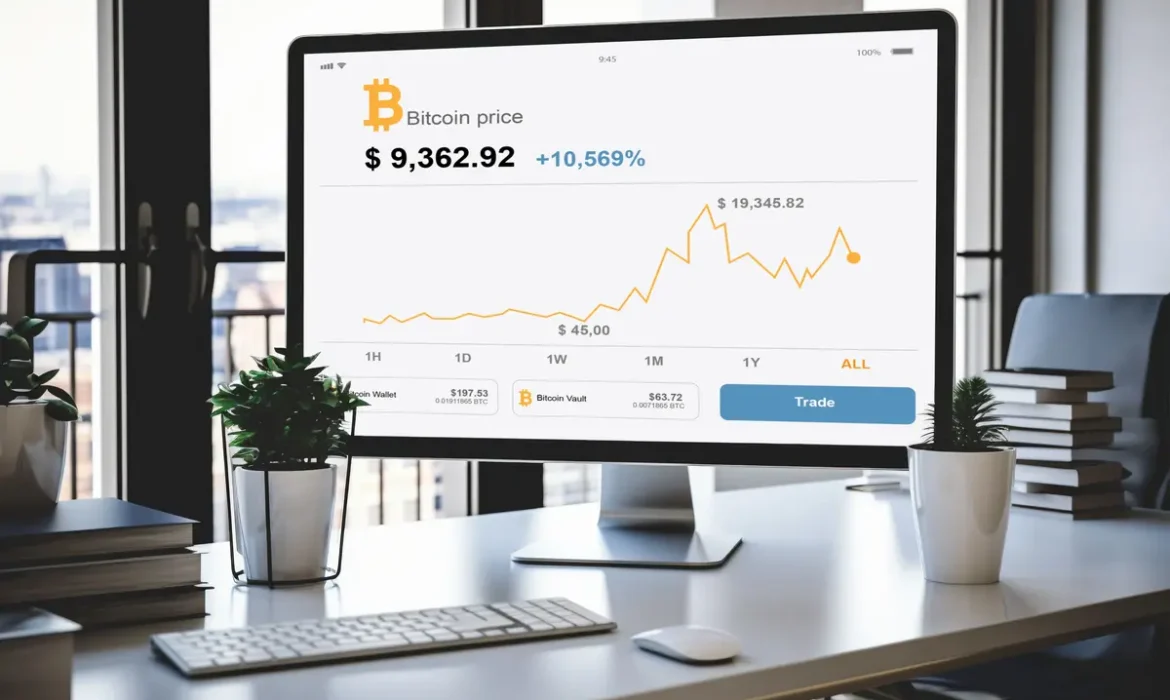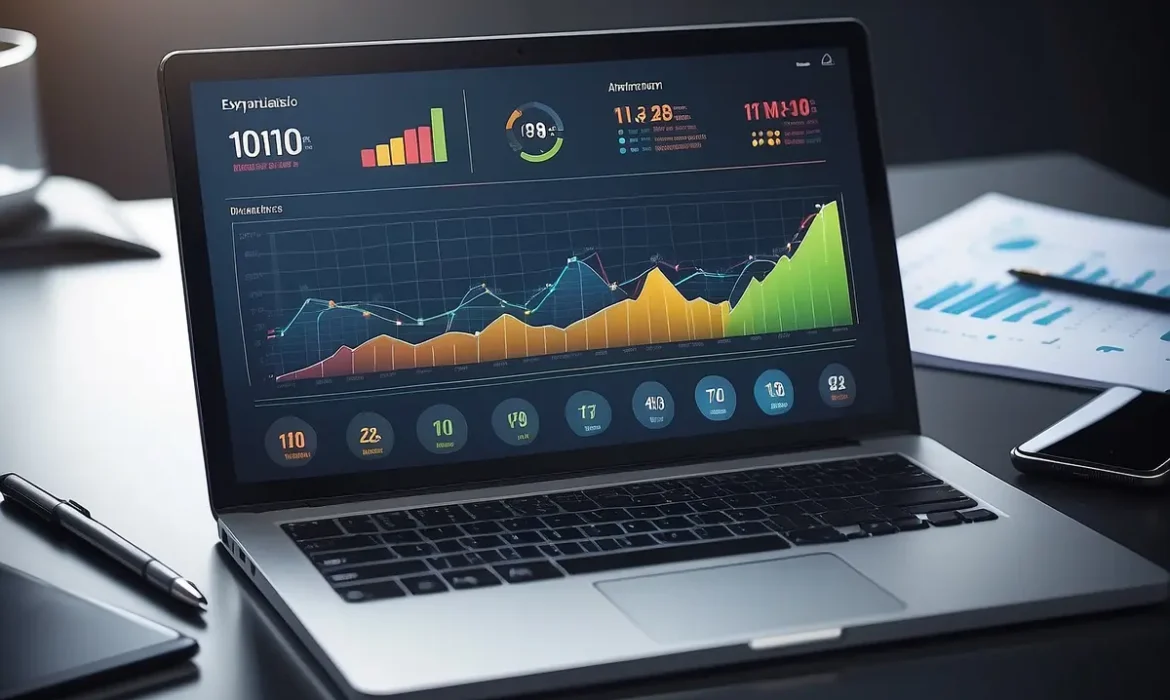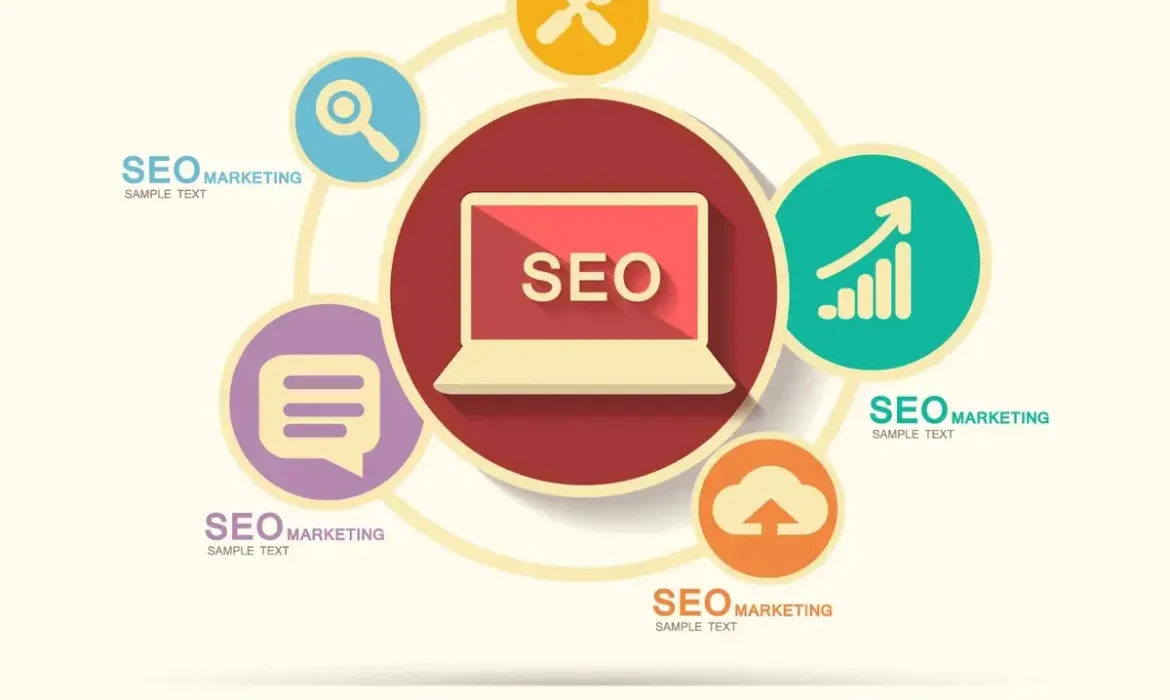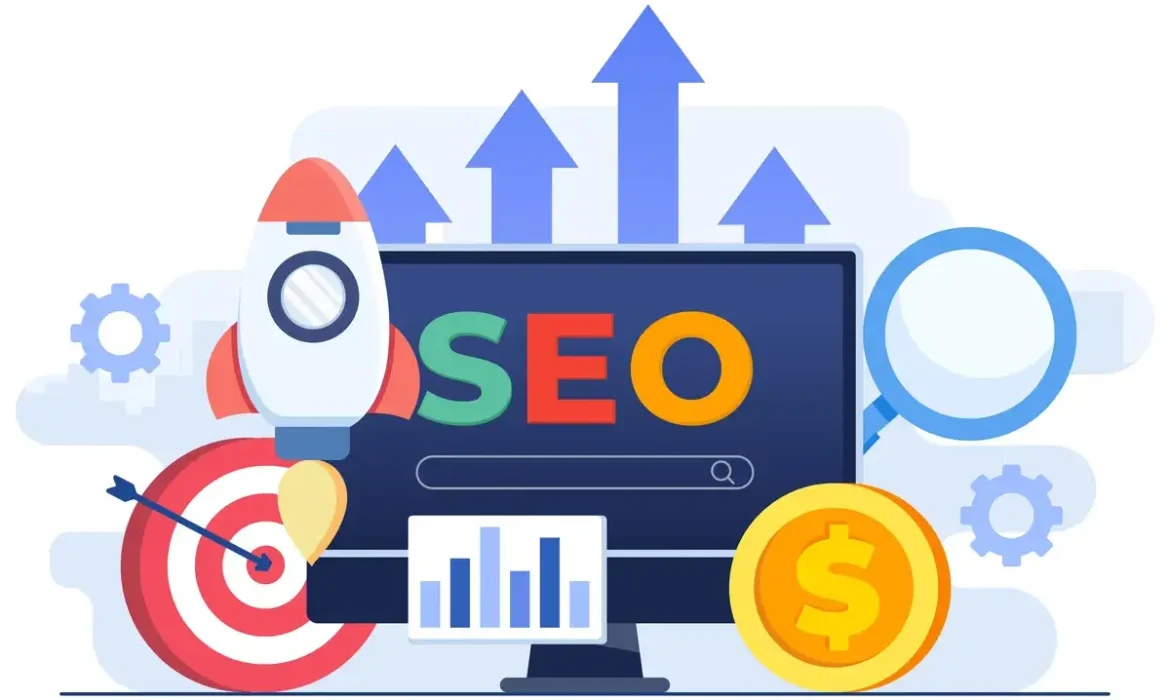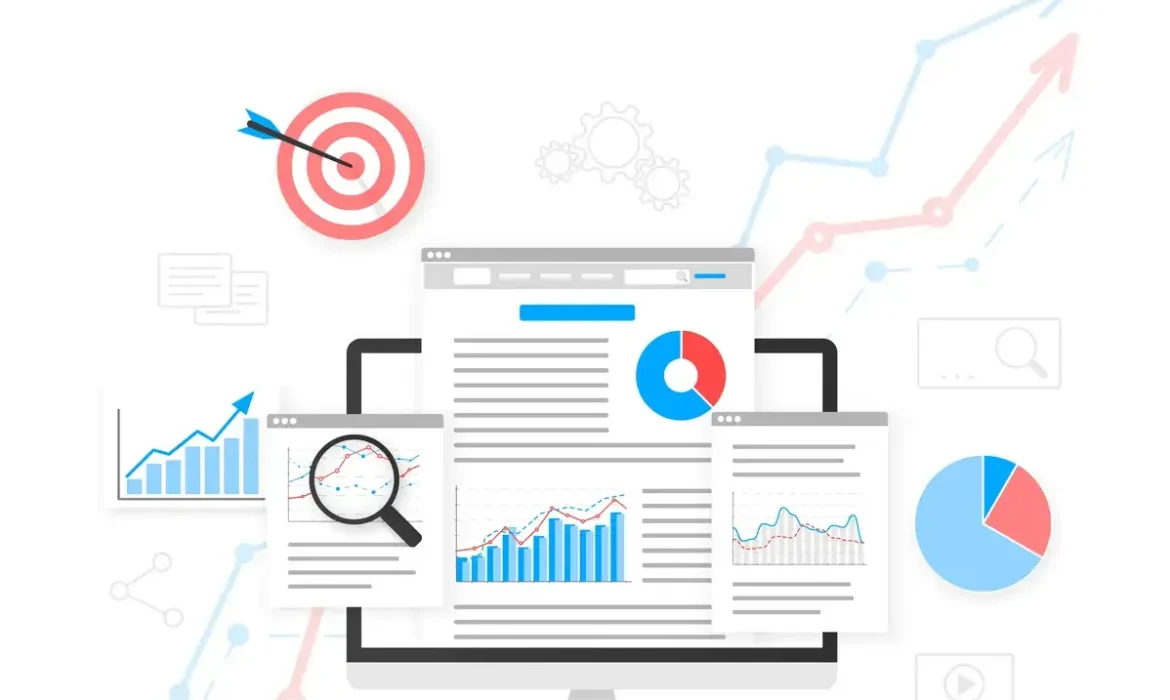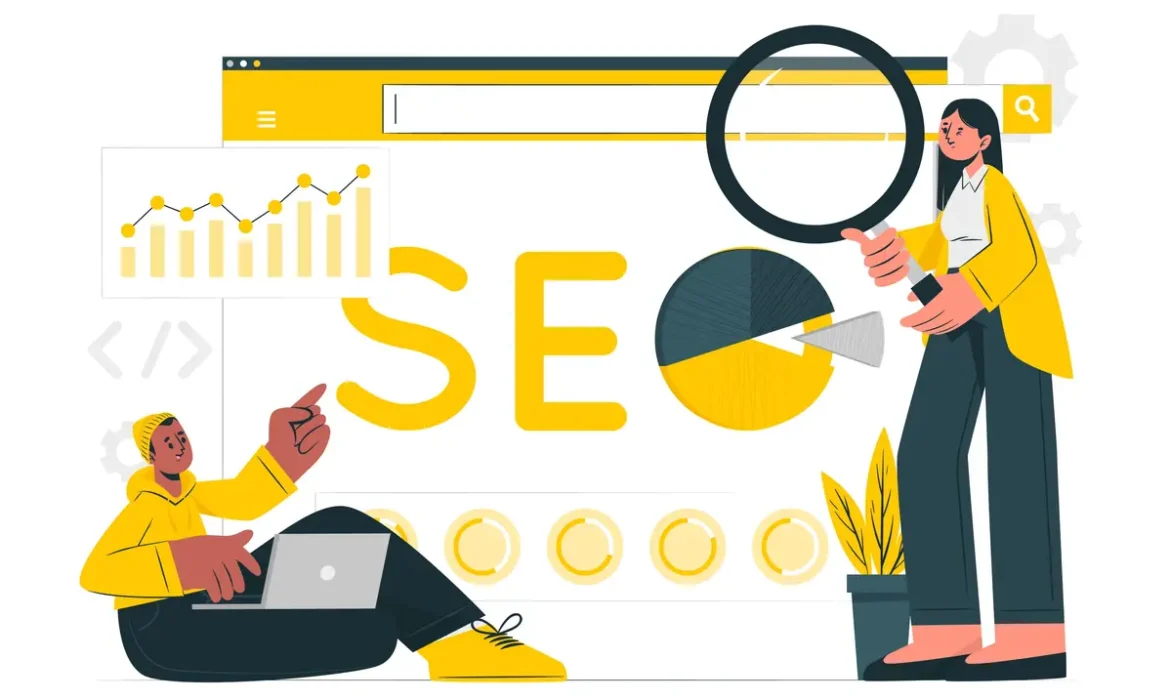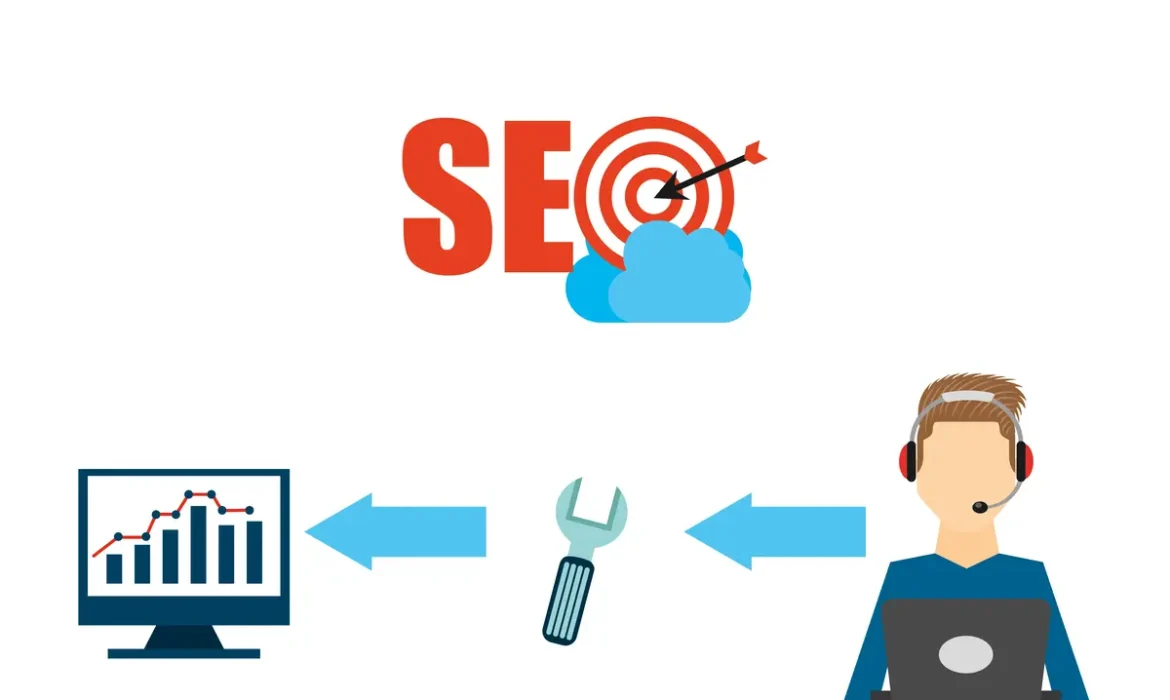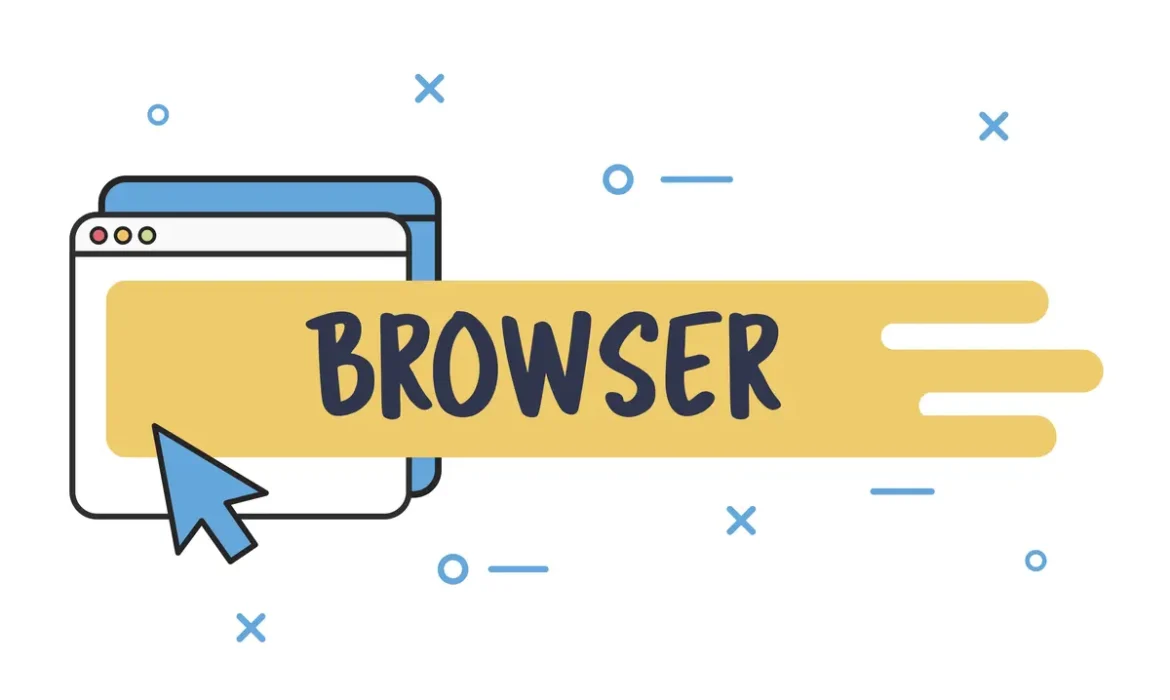How to Improve Crawlability and Indexability
How to Improve Crawlability and Indexability: A Comprehensive Guide
Crawlability and indexability are key aspects of technical SEO that directly influence how your website performs in search engine results pages (SERPs). Crawlability refers to the ability of search engines like Google to access and scan your website’s pages, while indexability refers to whether those pages are stored in the search engine’s index, allowing them to appear in search results.
Improving both crawlability and indexability is crucial for ensuring your website’s content is visible to both users and search engines. This guide will walk you through a variety of techniques and best practices to enhance your site’s crawlability and indexability, ultimately boosting your chances of ranking higher in search results.

Create and Submit an XML Sitemap
An XML sitemap acts as a roadmap for search engine crawlers, making it easier for them to discover and index the important pages on your website.
Steps to Create and Submit an XML Sitemap:
- Generate an XML Sitemap: Use tools like Yoast SEO for WordPress or services like XML-sitemaps.com to automatically generate your sitemap.
- Submit to Google Search Console: After creating your sitemap, submit it through Google Search Console to allow Google to discover and index your pages efficiently.
- Keep It Updated: Every time you add new content, such as blog posts or product pages, update your sitemap to ensure search engines can crawl and index the latest content.
For more details on submitting an XML sitemap and optimizing it for SEO, visit our guide on sitemap optimization.

Optimize Robots.txt for Crawl Control
The robots.txt file is crucial for controlling which pages search engine crawlers are allowed to access. Optimizing this file ensures that crawlers focus on your valuable content and avoid irrelevant or sensitive pages.
How to Optimize Robots.txt:
- Allow or Disallow Specific Pages: Use the robots.txt file to block non-essential pages like login screens or duplicate content that you don’t want indexed.
- Test with Google Search Console: Use the Robots.txt Tester in Google Search Console to verify that your file is properly configured.
- Avoid Blocking Important Pages: Be careful not to block important pages, such as your homepage or category pages, as doing so can severely hurt your SEO efforts.
Use Internal Linking to Improve Crawlability
Internal linking plays a significant role in helping search engines crawl your website. By linking to relevant pages within your site, you ensure that search engines discover more of your content and index it efficiently.
Internal Linking Best Practices:
- Link to Key Pages: Ensure high-authority pages, like your homepage or pillar content, link to important sections of your site.
- Maintain Shallow Link Depth: Keep essential pages within three clicks from the homepage. This makes it easier for both search engines and users to find them.
- Use Descriptive Anchor Text: Use relevant, keyword-rich anchor text that tells search engines what the linked page is about.
Avoid Orphan Pages
Orphan pages are those that are not linked to from any other page on your website. These pages can be difficult for search engines to discover and index.
How to Avoid Orphan Pages:
- Link to Orphan Pages: Regularly audit your site for orphan pages using tools like Screaming Frog or Ahrefs, and ensure they are linked to from other relevant content.
- Include in Navigation: Make sure essential pages are included in your site’s main navigation or footer so they are easily accessible.
- Audit Your Links Regularly: Use SEO tools to identify orphan pages and ensure they are linked appropriately.
Improve URL Structure for Indexability
A clean, descriptive URL structure can greatly enhance both crawlability and indexability. Search engines are better able to understand the content and structure of your website when URLs are clear and concise.
URL Optimization Tips:
- Use Descriptive, Keyword-Rich URLs: Include relevant keywords in your URLs that reflect the page’s content. This makes it easier for search engines to understand what the page is about.
- Keep URLs Short and Simple: Avoid using complex parameters, special characters, or long strings that could confuse search engines.
- Maintain Consistency: Use a consistent URL structure across your website for easy navigation and indexing.

Use Canonical Tags to Avoid Duplicate Content
Duplicate content can confuse search engines, leading to indexing issues and a drop in rankings. Canonical tags help search engines identify the original version of a page when similar or identical content exists across multiple pages.
How to Use Canonical Tags:
- Set Canonical Tags for Duplicates: If you have multiple pages with similar content, use the <link rel=”canonical” href=”URL”/> tag to indicate the preferred version of the page.
- Monitor Duplicate Content: Use tools like Copyscape or SEMrush to regularly check for duplicate content and resolve any issues.
To learn more about managing duplicate content with canonical tags, refer to our duplicate content guide.
Ensure Mobile-Friendly Design for Better Indexing
With mobile-first indexing, Google primarily uses the mobile version of your website for indexing and ranking. Ensuring that your site is mobile-friendly is essential for good SEO.
Mobile Optimization Tips:
- Use Responsive Design: Make sure your website adjusts seamlessly to different screen sizes. Responsive design ensures that your site works well on both desktop and mobile devices.
- Test Mobile Usability: Use Google’s Mobile-Friendly Test to check if your pages are mobile-optimized.
- Optimize Page Speed: Page load speed is critical for both mobile and desktop users. Compress images, enable browser caching, and minify JavaScript to improve page load times.

Implement Structured Data for Rich Snippets
Structured data, or schema markup, adds additional context to your content, helping search engines better understand your pages. This can also result in rich snippets, such as star ratings or event times, which can increase visibility and click-through rates.
How to Implement Structured Data:
- Add Schema Markup: Implement types such as Article, Product, or FAQPage schema to provide extra information about your content.
- Validate with Rich Results Test: Use Google’s Rich Results Test to ensure that your schema markup is properly implemented.
Monitor Crawl Errors in Google Search Console: Crawl errors can prevent search engines from accessing and indexing your pages, affecting both crawlability and indexability. Monitoring and fixing these errors is critical for maintaining a healthy website.
Steps to Monitor and Fix Crawl Errors:
- Check the Coverage Report: Google Search Console’s Coverage Report highlights crawl errors like 404 errors or server issues.
- Fix Broken Links: Regularly audit and fix any broken links on your site to prevent crawling issues.
- Resolve Redirect Chains: Avoid too many redirects between pages, as this can slow down crawlers. Keep redirects to a minimum.
Track Crawl Budget for Large Sites
Crawl budget refers to the number of pages Googlebot will crawl on your site within a given timeframe. For large sites with many pages, it’s important to manage your crawl budget to ensure that the most important pages are crawled and indexed regularly.
Crawl Budget Optimization Tips:
- Prioritize High-Value Pages: Use robots.txt to block low-priority pages and focus crawl resources on your key pages.
- Reduce Duplicate Content: Eliminate duplicate pages to help search engines focus on unique, valuable content.
For more details on managing crawl budget, visit our crawl budget optimization guide.
Improving your website’s crawlability and indexability is an essential step in boosting your site’s visibility in search engine results. By applying techniques like creating and submitting an XML sitemap, optimizing your robots.txt file, and ensuring a mobile-friendly design, you can ensure that search engines efficiently crawl and index your content.
By implementing the strategies covered in this guide, you’ll be well on your way to improving your website’s SEO performance and increasing organic traffic. Keep refining these techniques as you grow your website to ensure long-term SEO success.
For further reading, check out our other guides on SEO best practices and technical SEO.
Contact Us
Drop Us a Line
Talk to Our SEO Experts – Start Your Success Journey!
How Site Architecture Impacts Google Rankings
How Site Architecture Impacts Google Rankings
Site architecture is a crucial element of Technical SEO that directly influences your website’s performance in search engine rankings, particularly on Google. Google uses crawlers to navigate and index your website, and the way your content is structured can either help or hinder this process. An optimized site architecture can ensure that Googlebot can easily access and understand your content, which in turn improves your site’s visibility in search results.

Key Factors in Site Architecture for Google Rank
Crawlability: Google’s crawlers need to be able to easily discover and index all important pages on your website. If your site structure is disorganized or overly complex, Googlebot may miss critical pages, leading to lower rankings. Crawlability can be enhanced by using a logical URL structure, creating an XML sitemap, and reducing unnecessary redirects.
Internal Linking Strategy: Proper internal linking helps Google understand the relationship between your pages. Internal links act as pathways for Googlebot to discover new content. By ensuring your most important pages are linked to from other parts of your site, you signal to Google which pages are most important. A strong internal linking structure also helps distribute PageRank across your site, boosting rankings. For more on this, check out our internal linking guide.

Mobile-Friendly Design
Google uses mobile-first indexing, meaning it primarily uses the mobile version of your site for ranking purposes. Having a responsive design ensures that your website’s structure is accessible and functional on mobile devices, which is essential for good rankings. If your site architecture doesn’t support mobile optimization, it could hurt your rankings on Google. Learn more about optimizing for mobile in our mobile SEO guide.
User Experience (UX): Google takes user experience into account when ranking websites. A well-structured site with intuitive navigation, fast loading speeds, and clear content organization provides a better user experience. This can lower bounce rates and increase time on site, which are important ranking factors. A confusing or difficult-to-navigate site structure can lead to high bounce rates, negatively affecting rankings. For tips on enhancing user experience, visit our UX and SEO guide.
Site Speed
Google considers site speed as a ranking factor. If your site is slow due to poor site architecture (like heavy images, complex redirects, or excessive scripts), it could negatively impact your rankings. A streamlined, optimized architecture ensures faster load times, which improves both user experience and Google rankings. For more on improving site speed, explore our site speed optimization guide.
Hierarchical Structure
A clear hierarchy is important for both search engines and users. A well-structured site often follows a logical flow, where high-level pages (like category pages) link to more specific pages (like product or blog pages). Google uses this hierarchy to understand the structure of your site and prioritize pages based on importance. A clear, shallow hierarchy (where important pages are no more than 3 clicks away from the homepage) is ideal for SEO.
Content Indexation: For Google to rank your pages, they must be indexed. Poor site architecture can result in pages being missed or improperly indexed. Use proper meta tags like noindex for pages you don’t want to be ranked, and avoid orphan pages (pages that have no internal links pointing to them). Canonical tags can help ensure that Google indexes the preferred version of duplicate content, preventing penalties from duplicate content issues. Learn more about canonical tags and avoiding duplicate content.
Breadcrumbs
Breadcrumbs are a navigational feature that shows users where they are within a site’s hierarchy (e.g., Home > Category > Product). Breadcrumbs help Googlebot understand the structure of your site, and they also contribute to a better user experience. They make it easier for both users and search engines to navigate deep sites with many pages, improving site rankings.
XML Sitemaps: An XML sitemap acts as a roadmap for Google, helping the search engine discover and index pages on your site. A well-maintained XML sitemap should include all essential pages and should be updated whenever new content is added. Submitting your sitemap to Google via Search Console helps ensure that your content is discovered and indexed quickly, boosting your chances of ranking higher. For more information, refer to our sitemap creation guide.

The architecture of your website is foundational to your site’s SEO success. A logical, organized structure ensures that both search engines and users can easily navigate your site, leading to better crawlability, indexability, and user experience. Google rewards sites with good architecture through higher rankings, so it’s critical to implement best practices such as a clean URL structure, effective internal linking, mobile optimization, fast load times, and clear navigation menus. By focusing on these aspects, you can ensure that your site is optimized for Google and poised for long-term SEO success.
Contact Us
Drop Us a Line
Talk to Our SEO Experts – Start Your Success Journey!
Technical SEO Fundamentals for a Healthier Website
Technical SEO Fundamentals for a Healthier Website
Technical SEO optimizes your website’s backend structure to ensure search engines can crawl, index, and understand your content easily. A well-optimized website increases visibility in search engine results, provides a better user experience, and ensures your content is discoverable by both users and search engines. Key aspects of technical SEO include mobile optimization, site speed, secure connections, URL structure, and schema markup. By focusing on these areas, you can improve your website’s performance, making it easier for search engines like Google to crawl and index your pages, and enhancing the experience for users visiting your site. In this guide, I’ll cover the most essential technical SEO practices you need to implement, ensuring a solid foundation for your site’s SEO efforts and long-term success. Whether you’re a business owner or a developer, mastering technical SEO will help your website rank higher in search results, which ultimately leads to better visibility, increased traffic, and improved user engagement. By continuously monitoring and improving these technical aspects, you ensure that your website stays competitive in the ever-changing digital landscape.

Ensure Your Site is Mobile-Friendly
With the increasing use of mobile devices, mobile optimization has become a critical factor for SEO. Google now uses mobile-first indexing, which means it prioritizes the mobile version of a website for ranking and indexing. Therefore, ensuring that your website is mobile-friendly is essential not only for a better user experience but also for maintaining good rankings. To create a mobile-friendly website, use responsive web design, which allows the website layout to automatically adjust to fit different screen sizes. This design approach provides users with an optimal viewing experience, regardless of whether they’re browsing from a smartphone, tablet, or desktop computer. Google’s Mobile-Friendly Test is a useful tool for checking if your website is properly optimized for mobile devices. Mobile usability also includes making sure that text is legible without zooming, buttons are easy to tap, and images are properly sized for smaller screens. Optimizing your site for mobile devices will improve user engagement, reduce bounce rates, and increase the chances of conversions. Additionally, since mobile optimization is a ranking factor, ensuring your site is mobile-friendly directly impacts your SEO performance and overall visibility on search engines.
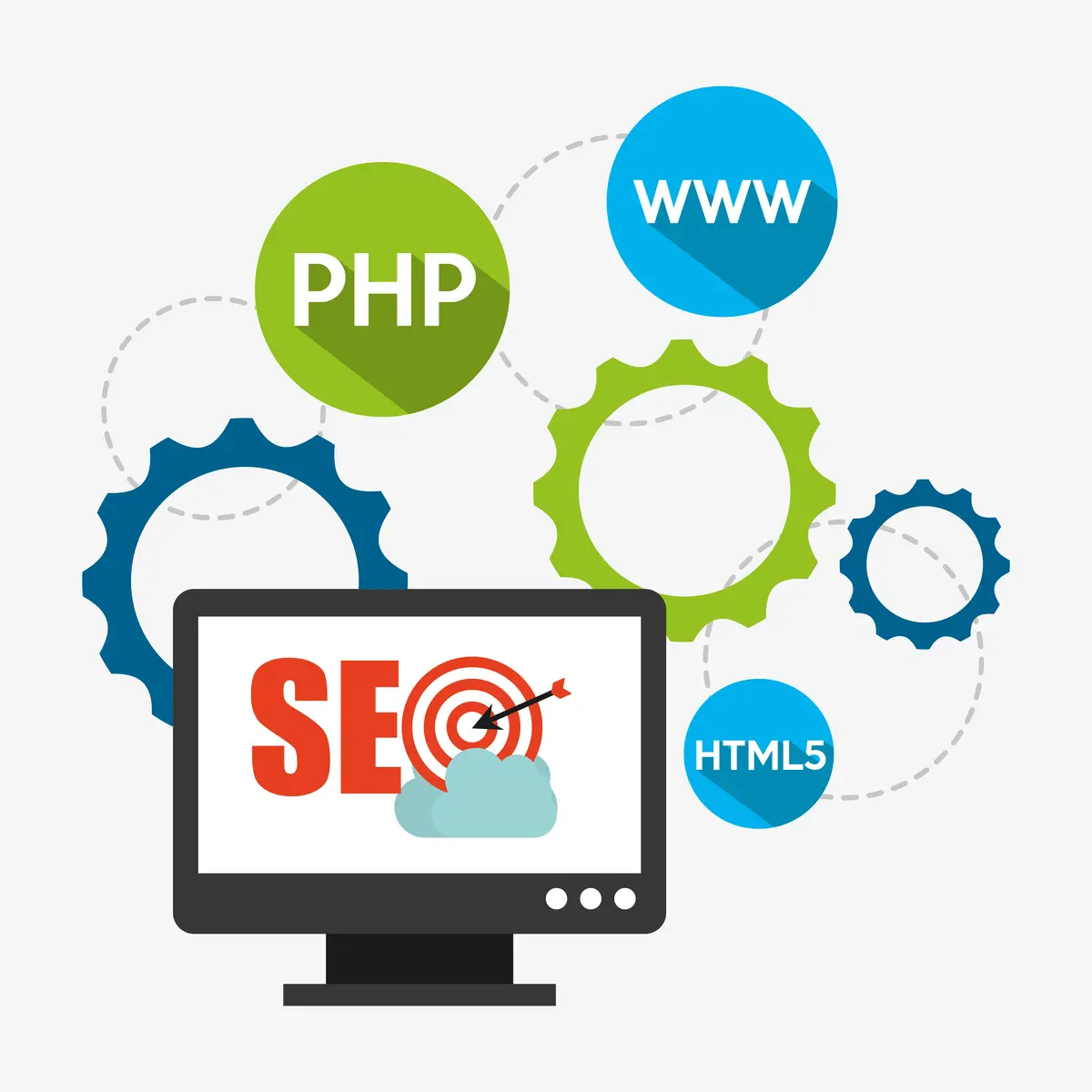
Improve Site Speed
Website speed is a crucial factor for both user experience and SEO. A slow-loading website can drive visitors away, increasing your bounce rates and negatively impacting your search engine rankings. Google’s PageSpeed Insights and Core Web Vitals provide valuable tools and metrics to evaluate and improve site speed. The faster your site loads, the better the experience for users, leading to improved engagement and conversions. One effective way to enhance site speed is by compressing large images and using the WebP format, which provides high-quality images at smaller file sizes, thus reducing load times. In addition, minifying JavaScript, CSS, and HTML files can reduce their size, speeding up page rendering. It’s important to prioritize loading critical content first by implementing lazy loading, which defers the loading of non-essential resources like images and videos until they are needed. By reducing the number of HTTP requests and leveraging browser caching, you can further improve site performance. Websites that load faster have a higher chance of ranking well on search engines, as speed is a ranking factor. Investing in site speed improvements is an essential aspect of technical SEO that will ultimately enhance both user satisfaction and your website’s overall SEO performance.
Set Up and Optimize XML Sitemaps
An XML sitemap is a file that lists all the pages on your website to help search engines like Google crawl and index your content more efficiently. By submitting an XML sitemap, you ensure that search engines can easily find and rank your pages, especially if your site has many pages or complex navigation. Most content management systems (CMS), such as WordPress, automatically generate an XML sitemap, but you should still check it regularly to ensure it’s up-to-date. Your sitemap should include all important pages and exclude any pages you don’t want indexed, such as duplicate or irrelevant content. For websites with frequently updated content, it’s essential to ensure your sitemap reflects these changes so search engines can quickly detect and index new or updated pages. After creating an XML sitemap, submit it to search engines via tools like Google Search Console. This allows Google to quickly crawl your site and keep its index up to date. Regularly updating and submitting your sitemap helps search engines understand the structure of your website and ensure all pages are indexed and included in search results, improving your SEO efforts and visibility.
Use HTTPS for a Secure Site
Having a secure website is critical for both user trust and SEO. HTTPS (Hypertext Transfer Protocol Secure) encrypts the communication between the user’s browser and your website, ensuring that sensitive data, such as login credentials and payment information, is protected. Google prioritizes secure sites in search rankings, so using HTTPS can provide a ranking boost. To enable HTTPS, you need to obtain an SSL (Secure Sockets Layer) certificate, which encrypts data and proves your website’s authenticity. Many web hosting providers offer SSL certificates for free through services like Let’s Encrypt, while others may charge for premium certificates. After obtaining an SSL certificate, make sure to configure your website to automatically redirect all HTTP traffic to HTTPS, preventing mixed content issues. Google Search Console allows you to monitor your HTTPS status and ensure that no pages are being indexed as HTTP. Using HTTPS also helps build trust with your visitors, as they will see a padlock icon in the browser’s address bar, signaling that your website is secure. In addition to the SEO benefits, HTTPS is essential for safeguarding user privacy, making it a must for any modern website.
Implement Proper URL Structure
An organized and clear URL structure is essential for both users and search engines to understand the hierarchy and content of your website. Search engines use URLs to determine the relevance and relationship between pages, while users rely on clear URLs to navigate your site easily. It’s important to use short, descriptive URLs that include relevant keywords and are easy to read and remember. For example, a URL https://inspiredesignspro.com/technical-seo/” is much more user-friendly than “https://example.com/page?id=12345.” URLs should also be consistent, with a logical hierarchy that mirrors the structure of your website. A clean and consistent URL structure helps both users and search engines easily navigate through your content. Avoid using complex dynamic parameters in URLs, as these can confuse both search engines and users. Instead, aim for simple and readable URLs that reflect the content and organization of your site. Using hyphens to separate words in URLs is also a good practice, as it improves readability for both search engines and users. Additionally, keeping URLs short and to the point can improve click-through rates and overall user experience, both of which are important for SEO performance.
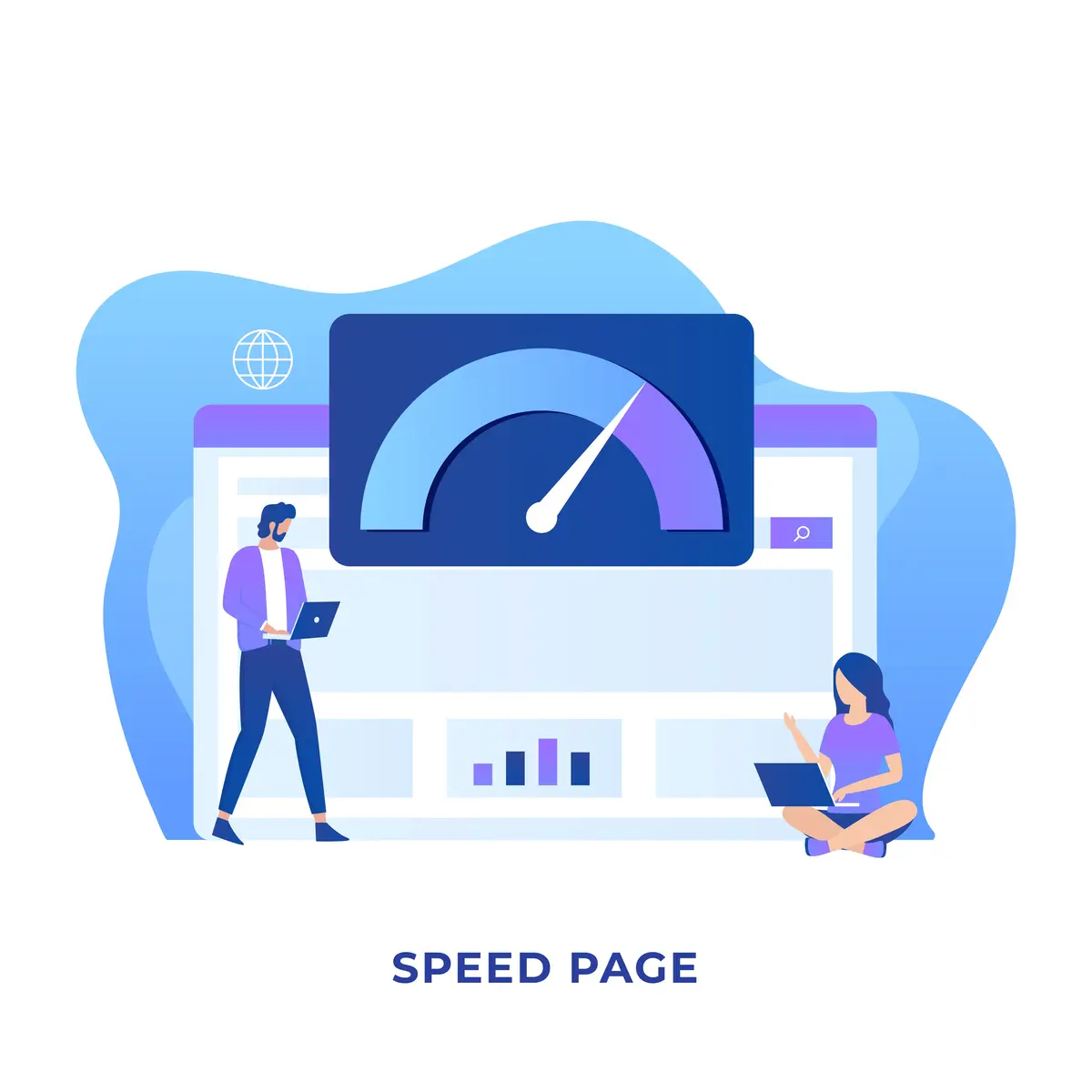
Implement Schema Markup for Rich Results
Schema markup is a form of structured data that provides search engines with additional information about your content. By adding schema markup to your website, you can enhance how your content appears in search results, increasing the chances of getting rich results, such as featured snippets, reviews, and other enhanced listings. Schema helps search engines understand your content more accurately, making it easier to index and rank. For example, adding schema markup to a product page allows search engines to display additional details like price, ratings, and availability directly in search results, which can increase click-through rates. Implementing schema is relatively easy, especially with tools like Google’s Structured Data Markup Helper. You can mark up a variety of content types, including products, recipes, reviews, events, and more. Once you’ve added schema markup, use the Structured Data Testing Tool to ensure it’s implemented correctly. Schema markup is an important technical SEO factor that not only improves search rankings but also makes your site more visible and appealing to users by providing richer and more detailed results.
Optimize Your Robots.txt File
The robots.txt file is a key component in controlling how search engines crawl and index your website. This simple text file allows you to direct search engines to either crawl or ignore specific parts of your website, providing you with greater control over what is indexed and how your site is represented in search results. For example, you might want to block search engines from indexing duplicate content, private pages, or admin sections, which could negatively impact your SEO. Make sure your robots.txt file is properly configured to prevent search engines from wasting crawl budget on unnecessary pages. To create a robots.txt file, simply list the user agents (search engines) and specify which pages or directories they should or should not crawl. It’s important to regularly check the file to ensure it reflects your current site structure and content. Google Search Console’s Robots.txt Tester can help you test whether your file is correctly implemented. Optimizing your robots.txt file helps search engines crawl your site more efficiently and prevents unnecessary content from being indexed, which can enhance your site’s SEO performance.

Implement Proper URL Structure
An organized and clear URL structure is essential for both users and search engines to understand the hierarchy and content of your website. Search engines use URLs to determine the relevance and relationship between pages, while users rely on clear URLs to navigate your site easily. It’s important to use short, descriptive URLs that include relevant keywords and are easy to read and remember. For example, a URL https://inspiredesignspro.com/technical-seo/” is much more user-friendly than “https://example.com/page?id=12345.” URLs should also be consistent, with a logical hierarchy that mirrors the structure of your website. A clean and consistent URL structure helps both users and search engines easily navigate through your content. Avoid using complex dynamic parameters in URLs, as these can confuse both search engines and users. Instead, aim for simple and readable URLs that reflect the content and organization of your site. Using hyphens to separate words in URLs is also a good practice, as it improves readability for both search engines and users. Additionally, keeping URLs short and to the point can improve click-through rates and overall user experience, both of which are important for SEO performance.
Resolve Crawl Errors
Crawl errors occur when search engines are unable to access specific pages on your website, preventing them from being indexed. These errors can negatively impact your website’s SEO, as important pages may be overlooked by search engines. Regularly checking for and resolving crawl errors ensures that all of your key content is accessible and properly indexed.
Monitor Google Search Console for Crawl Errors
Google Search Console provides a valuable tool for identifying crawl errors such as 404 (Not Found) and server issues. By regularly monitoring the Crawl Errors section, you can identify which pages are causing problems and take appropriate action to fix them. Resolving these errors improves your site’s health and ensures that search engines can crawl and index your pages correctly.
Set Up 301 Redirects for Removed Pages
If you have pages that are no longer available or have been deleted, set up 301 redirects to redirect visitors and search engines to relevant content. This prevents users from landing on broken links and maintains the flow of SEO signals to your other pages. For more information, visit our Crawl Error Resolution Guide.
Implement Canonical Tags
Canonical tags are essential for preventing duplicate content issues on your website. When multiple pages feature similar or identical content, search engines may struggle to determine which version should rank. By implementing canonical tags, you indicate the “preferred” version of a page, consolidating SEO signals to the correct URL.
Use Canonical Tags on Similar Content
For pages with similar content (like paginated or category pages), it’s important to add canonical tags to signal to search engines which version of the content should be indexed. This helps avoid confusion and ensures your SEO efforts are not diluted by duplicate content.
Check for Correct Implementation
Using tools like Ahrefs allows you to verify the proper implementation of canonical tags and ensures there are no duplicate content issues that could harm your rankings. By monitoring and fixing any canonical tag mistakes, you ensure that search engines correctly interpret your site’s structure.

Optimize for Core Web Vitals
Core Web Vitals are a set of user experience metrics that directly affect your website’s SEO performance. These metrics focus on how quickly a page loads, how interactive it is, and how stable the page is during loading. Optimizing Core Web Vitals can significantly improve your site’s user experience and search engine rankings.
Focus on Largest Contentful Paint (LCP)
LCP measures the time it takes for the main content of a page to load. Google recommends keeping LCP under 2.5 seconds to provide a smooth experience for users. To improve LCP, focus on optimizing images, leveraging lazy loading, and reducing the size of large resources like videos or JavaScript files.
Minimize First Input Delay (FID)
FID measures the time it takes for a page to become interactive after the user clicks on it. Reducing JavaScript execution time and optimizing scripts can minimize FID. This ensures users can interact with your page quickly, improving user satisfaction.
Reduce Cumulative Layout Shift (CLS)
CLS tracks unexpected layout shifts during the loading process. These shifts can frustrate users, especially if content moves unexpectedly, causing accidental clicks or disrupting navigation. To minimize CLS, ensure that all images and embedded elements have defined size attributes. This ensures that the layout remains stable throughout loading.
Use Google’s Core Web Vitals Report
Google provides a Core Web Vitals Report in Search Console, which can help you assess your website’s performance based on LCP, FID, and CLS. By regularly monitoring these metrics, you can identify areas for improvement and optimize your website for a better user experience.
Mastering these technical SEO fundamentals will lay a solid foundation for a healthier website, enhanced user experience, and higher search rankings. By making sure search engines can crawl, understand, and index your website effectively, you’re ensuring long-term SEO success.
Contact Us
Drop Us a Line
Talk to Our SEO Experts – Start Your Success Journey!
How Social Media Impacts Off-Page SEO
How Social Media Impacts Off-Page SEO
Social media has revolutionized how brands engage with their audience, offering platforms for content sharing, interaction, and community-building. While social media signals such as likes, shares, and comments do not directly influence search rankings, their role in off-page SEO is undeniable. Social platforms like Facebook, Twitter, LinkedIn, and Instagram help amplify content reach and boost brand visibility. When content garners attention and is shared across these platforms, it not only drives traffic back to your website but also fosters the creation of backlinks. Backlinks, a critical factor in off-page SEO, help establish your site’s authority in search engine algorithms. Additionally, social media can create credibility for your brand, influencing trust and engagement. For instance, content shared across networks broadens its reach, leading to increased backlinks and further improving SEO indirectly. Learn more about social media’s role in enhancing your website’s authority and traffic here.
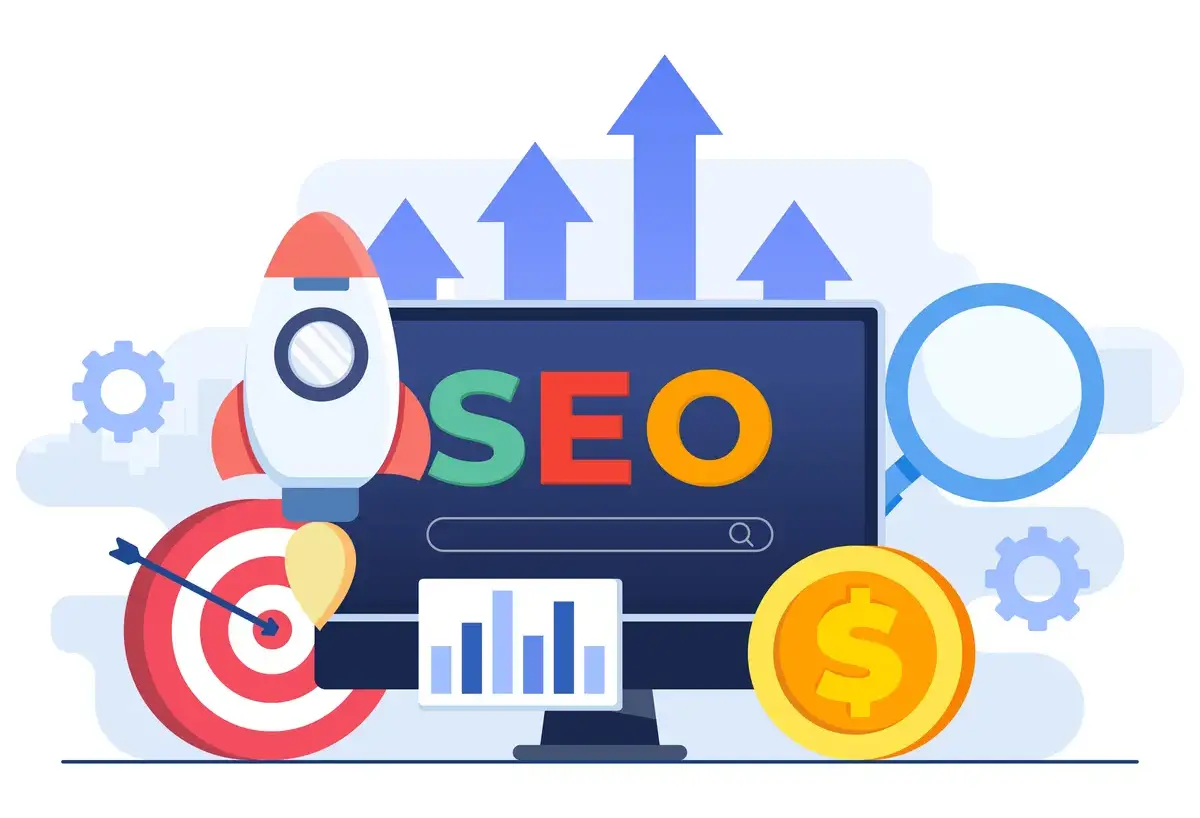
Building Brand Authority and Credibility
Building brand authority through social media is a cornerstone of successful off-page SEO. By regularly sharing high-quality, valuable content, your brand can position itself as a trusted industry leader. This reputation encourages other sites to reference or link to your content, contributing to your backlink profile. For example, when a LinkedIn post gains popularity, industry experts, bloggers, or even competitors might share or reference it, generating valuable backlinks. The more often your brand is seen as an authoritative voice, the more likely others will link to your content, which boosts your site’s domain authority and improves your overall SEO. Social media also helps establish trust through user-generated content such as reviews and testimonials. These elements build credibility with both your audience and search engines, signaling that your content is valuable and reliable. For tips on improving your brand authority, read our guide on building topical authority through quality content.

Enhancing Content Visibility and Traffic
Social media’s ability to increase content visibility plays a critical role in driving traffic to your website, which indirectly impacts SEO. Every time your content is shared on social platforms, it reaches a new audience. This broader exposure increases the chances of people engaging with your content, visiting your website, and potentially linking back to it. As users interact with your posts, you boost traffic to your site, increasing engagement signals like time on site and lower bounce rates, which are factors that can enhance your SEO performance. Additionally, high traffic from social media can lead to greater dwell time on your website, which is often perceived by search engines as a positive signal. The more exposure your content gets, the more likely it is to be linked to, further increasing your website’s authority and relevance. For tips on crafting SEO-optimized content, explore our SEO-optimized content creation guide
Driving Social Engagement and Link-Building
While social media shares don’t directly affect SEO rankings, they play a crucial role in creating opportunities for link-building. When your content is widely shared—particularly by influencers or well-known industry figures—it gains exposure among a relevant audience. This visibility can lead to organic backlinks from bloggers, journalists, or other content creators who want to reference your work. For instance, a popular blog post shared by an influencer on Twitter could catch the attention of other professionals who may then link to it from their own websites. By consistently promoting content on social platforms and collaborating with influencers, you increase the likelihood of such link-building opportunities. These organic backlinks are essential for improving your site’s authority and search engine rankings. Learn how influencer marketing can improve your SEO strategy by reading our article on Using Influencer Marketing as an Off-Page SEO Tool.
Strengthening Local SEO through Social Media
Social media platforms are invaluable tools for enhancing local SEO efforts. By engaging with local audiences on platforms like Facebook, Instagram, and Twitter, businesses can improve their visibility in specific regions. Using location tags, relevant hashtags, and sharing locally-oriented content helps create a connection with nearby customers, promoting brand awareness within a specific geographic area. Additionally, when users engage with and share your content, it increases your presence in local search results, which can further boost your brand’s visibility. Social media profiles are also frequently indexed in search results, providing another online presence that reinforces your local SEO efforts. When you share content relevant to a local audience, it amplifies your chances of being found in local searches. For tips on optimizing your social media for local SEO, refer to our local SEO best practices guide.
Common Mistakes to Avoid in Social Media SEO
While social media can significantly enhance off-page SEO, there are some common mistakes that can hinder these efforts. One such mistake is inconsistency in posting. Infrequent posts can result in lower engagement rates and missed opportunities to build brand authority. It’s crucial to maintain a regular posting schedule to keep your audience engaged. Another mistake is failing to engage with your followers. Simply posting content without responding to comments or interacting with users can make your brand appear distant and unapproachable. Additionally, focusing too much on promotional content can lead to disengagement, as users prefer content that offers value or entertainment rather than direct sales pitches. Lastly, neglecting social media analytics is a major missed opportunity. By tracking performance, you can identify what types of content generate the most engagement and optimize your strategy accordingly. For more tips on avoiding these pitfalls, read our social media optimization guide.

Social media plays an essential role in off-page SEO by boosting brand visibility, driving traffic, and fostering link-building opportunities. While social signals like shares and likes don’t directly affect search rankings, the indirect impact of social media on SEO is substantial. By building brand authority, engaging with followers, and sharing valuable content, businesses can increase their chances of gaining high-quality backlinks and improving their search engine rankings. To maximize the power of social media in your SEO strategy, follow best practices, and consistently monitor performance to adapt and refine your approach. Social media is a powerful tool that can help elevate your website’s authority, traffic, and overall SEO performance.
Contact Us
Drop Us a Line
Talk to Our SEO Experts – Start Your Success Journey!
The Importance of Backlinks in Off-Page SEO
The Importance of Backlinks in Off-Page SEO
Backlinks, often referred to as inbound or incoming links, are essential in off-page SEO as they connect one website to another. These links are a signal to search engines like Google, indicating that the linked website is credible, relevant, and trustworthy. When a high-quality site links to your content, it’s akin to a “vote” of confidence, affirming the value and authority of your content. This endorsement improves your site’s ranking on search engine results pages (SERPs). The more high-quality links a site has from reputable sources, the greater its potential to rank higher.
Understanding the types of backlinks is crucial to a successful SEO strategy. For example, dofollow links pass authority from the linking site to the destination, directly impacting SEO. In contrast, nofollow links do not pass authority but still drive traffic and enhance brand visibility. High-authority backlinks, such as those from well-established publications, have a significant impact on rankings as they carry more weight in search engine algorithms. Backlinks represent a vital part of off-page SEO, signaling a site’s relevance and authority to both search engines and potential audiences.
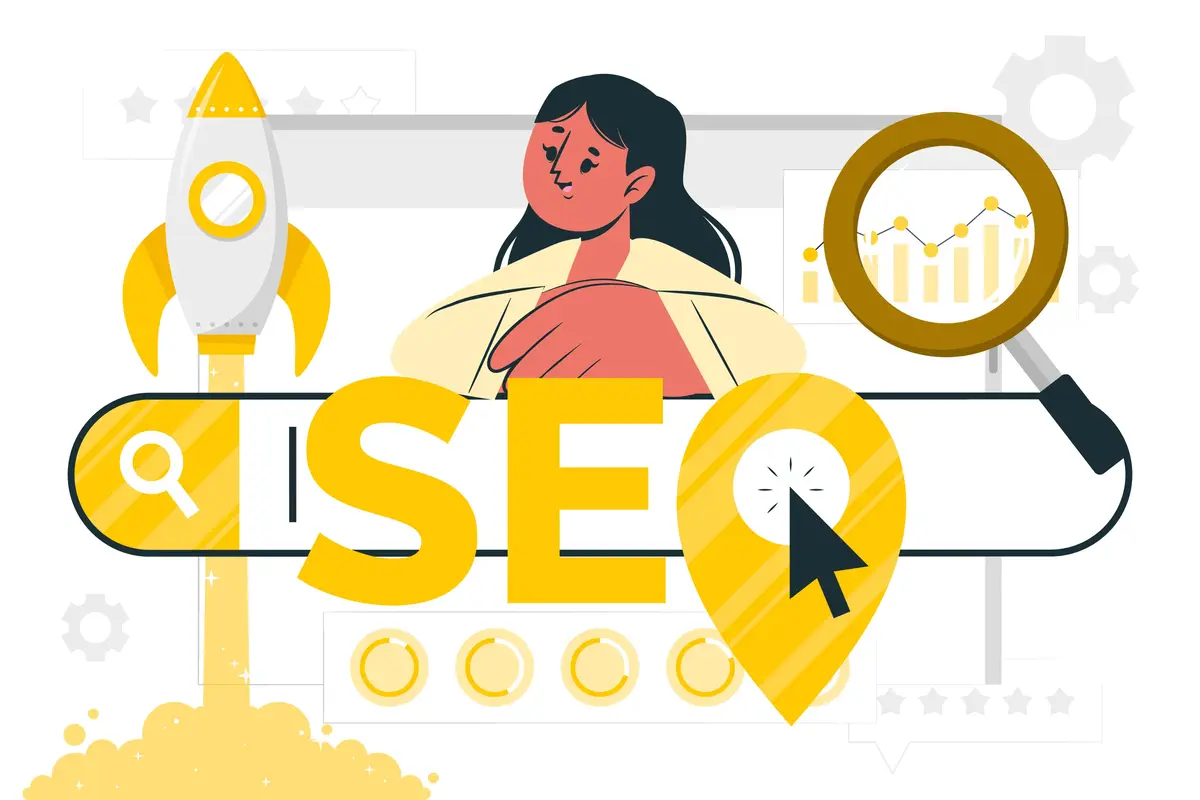
Why Backlinks Are Essential for Off-Page SEO
Backlinks are more than simple connections; they are essential for boosting domain authority, improving search engine rankings, and enhancing a site’s discoverability. Domain authority is a metric that measures a website’s credibility; backlinks from high-authority domains are crucial in elevating this score. A site receiving backlinks from reputable sources gains trust from search engines, positioning it as a reliable source within its niche.
In terms of rankings, the quality and relevance of backlinks are key. Google evaluates these links to determine a site’s credibility. Therefore, a site with numerous relevant backlinks has a higher chance of ranking well. Backlinks create a “network of trust” around content, showing search engines that others value the information. Moreover, backlinks improve visibility by acting as gateways for new visitors, helping to expand a website’s audience. These new visitors may share the content further, enhancing its reach.
For tips on how to increase your domain authority, check out this comprehensive SEO guide.

Quality over Quantity: The Key to Effective Backlinking
A common misconception is that more backlinks automatically improve SEO, but in reality, quality is far more important than quantity. A single high-quality backlink from an authoritative site in your industry can be far more beneficial than dozens of low-quality links. These quality links act as strong indicators of authority, improving both domain authority and rankings.
It’s crucial to avoid spammy or black-hat backlink practices, such as purchasing links or participating in link farms, as these tactics can lead to penalties. Google actively identifies and penalizes manipulative link-building strategies. Instead, focus on cultivating genuine, relevant connections within your industry, which leads to sustainable SEO benefits. In the world of backlinks, a few well-placed, authoritative links are much more valuable than hundreds of irrelevant ones.
Learn more about ethical SEO practices with our link-building strategy guide.
Best Practices for Building Backlinks
Building a strong backlink profile requires a strategic approach. One of the most effective methods is guest posting, where you contribute valuable content to another site in exchange for a backlink. This not only establishes you as an authority in your field but also drives traffic from the host site. For a detailed guide on guest posting, refer to our article on guest blogging best practices.
Another approach is influencer marketing, where you partner with industry influencers who can provide valuable backlinks. Influencers often link to content they find beneficial, bringing not only backlinks but also high-quality traffic. To dive deeper into influencer marketing for SEO, check out our article on using influencer marketing for SEO.
Directories and resource pages are also excellent sources of backlinks. Listing your business on reputable directories like Yelp ensures visibility while securing high-quality backlinks. Additionally, some industry-specific resource pages allow you to list your site, providing high-value backlinks. Combined with an internal linking strategy, these practices create a solid foundation for SEO success. To see how backlinks fit into a broader SEO plan, refer to our SEO solutions guide.
External Resources for Further Learning
Building effective backlinks requires a deep understanding of various link-building strategies. Some reputable resources for learning about backlinks include Moz’s Beginner’s Guide to Link Building (Moz Guide), which provides a foundational overview of link-building best practices, and Backlinko’s SEO Guide (Backlinko Guide), offering actionable insights for both beginners and experienced SEO professionals.
Additionally, powerful tools like Ahrefs , SEMrush , and Moz can help you monitor your backlink profile, track competitors, and uncover new link-building opportunities. These tools enable you to analyze which sites are linking to your content, assess the authority of these sites, and discover fresh backlink opportunities.
Common Mistakes to Avoid in Backlinking
Despite their value, there are common mistakes in backlinking that can undermine your SEO efforts. One major error is obtaining backlinks from low-quality sources. Links from irrelevant or low-authority sites can harm your rankings. Google may interpret these associations as attempts to manipulate rankings, leading to penalties.
Another mistake is overusing anchor text. Excessive use of the same anchor text can appear unnatural and over-optimized, attracting unwanted attention from search engines. A natural approach, with varied anchor text, is preferable for maintaining a clean backlink profile.
Also, ignoring nofollow links can be detrimental. While nofollow links do not directly impact SEO, they can bring valuable referral traffic and increase brand visibility. For example, nofollow links from social media platforms may not pass SEO value, but they still help boost exposure. For a deeper understanding, refer to our common backlink mistakes guide.
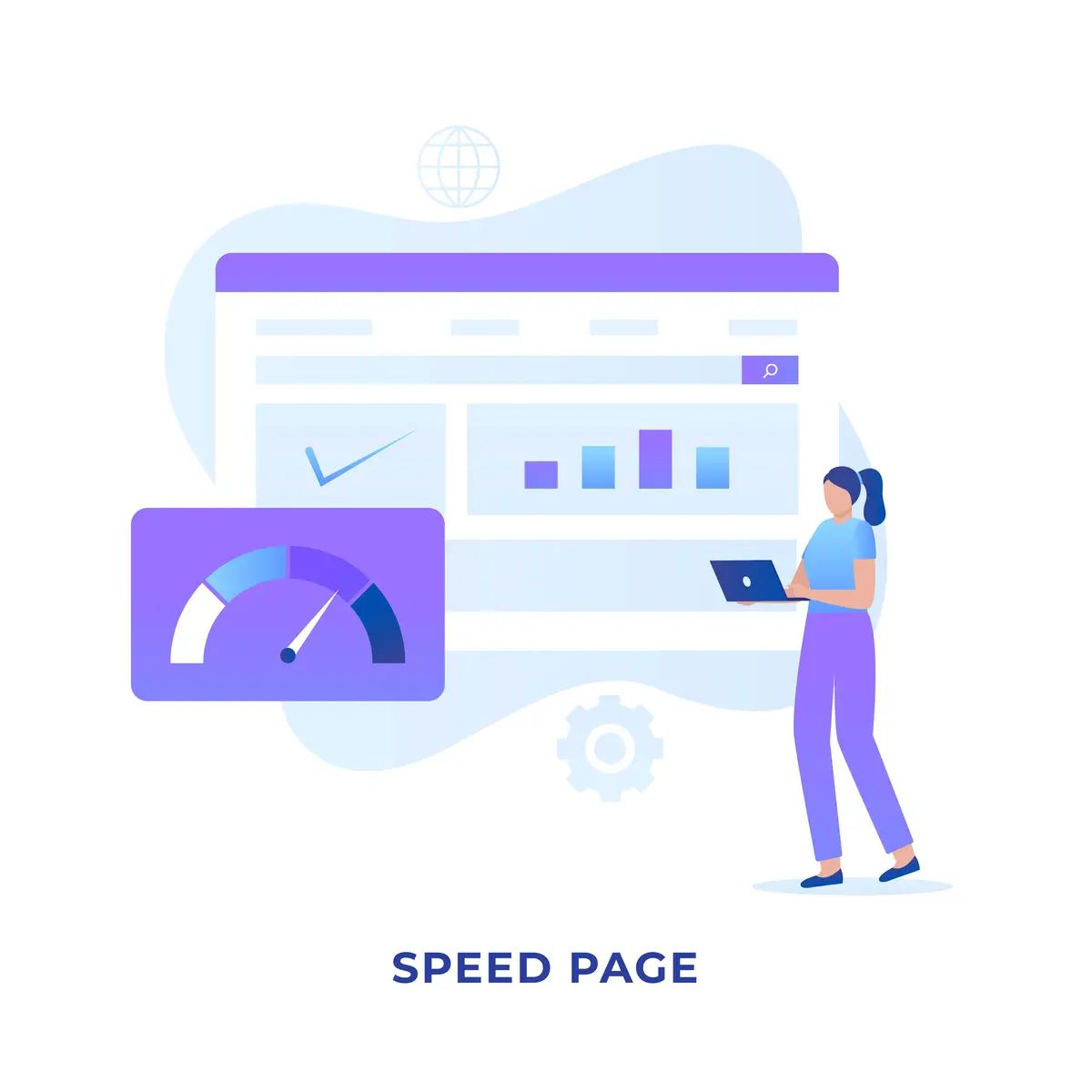
Backlinks are a critical component of off-page SEO, contributing to domain authority, higher rankings, and greater audience reach. By focusing on high-quality, relevant backlinks, you enhance your website’s credibility and visibility. While building a strong backlink profile requires strategic planning, the benefits—such as increased organic traffic, improved authority, and better SERP rankings—are well worth the effort. Remember, quality trumps quantity, so prioritize genuine and ethical backlinking practices for long-term SEO success. Follow best practices like guest posting and influencer marketing, and always monitor your backlink profile to maintain its positive impact on SEO.
Contact Us
Drop Us a Line
Talk to Our SEO Experts – Start Your Success Journey!
Best Practices for Guest Blogging in 2024
Best Practices for Guest Blogging in 2024
Guest blogging continues to be a powerful SEO strategy in 2024, offering the dual benefits of reaching new audiences and enhancing your website’s authority. By contributing quality content to reputable blogs in your niche, you can position yourself as an industry expert while driving targeted traffic to your site. Guest blogging not only increases exposure but also generates high-quality backlinks, a key factor in improving search engine rankings.
To succeed with guest blogging, it’s crucial to approach it strategically. Focus on creating valuable, informative content that aligns with both the host site’s audience and your own SEO objectives. In doing so, you ensure the blog posts resonate with readers while providing valuable backlinks. Make sure to choose websites with high domain authority and engage with active audiences. For tips on identifying the right guest blogging platforms, check out our SEO platform selection guide.

Choosing the Right Platforms for Guest Blogging
Selecting the right platforms is essential for successful guest blogging. Rather than publishing on every site available, prioritize quality over quantity. Focus on platforms with high domain authority, strong readership, and engagement, as these will provide more significant SEO benefits. A reputable site not only boosts the value of backlinks but also enhances the visibility of your content.
Relevance is key. Choose platforms where your target audience is active. Writing for sites in your niche increases the chances of your content being shared and improves audience engagement. To refine your platform selection, refer to our SEO platform selection guide, which provides detailed insights into finding the best platforms for guest posts.

Crafting High-Quality Content for Guest Posts
Creating high-quality content is the foundation of guest blogging success. In 2024, content that is insightful, informative, and well-researched stands out. Avoid generic content that solely promotes your business. Instead, focus on offering value through actionable insights and expert knowledge. Tailor your content to match the tone and style of the host site to improve its chances of being well-received by readers.
Additionally, ensure the content is relevant and informative, addressing the audience’s needs. Include internal links to related pages on the host site to enhance reader engagement, and link back to your own site where relevant. For tips on creating impactful content, explore our content creation best practices guide.
Optimizing SEO Elements in Guest Posts
Optimizing SEO elements is crucial for guest posts to effectively contribute to your SEO strategy. Begin by incorporating relevant keywords naturally within the text, including in the title, subheadings, and meta descriptions. Avoid keyword stuffing, as it negatively affects readability and SEO. Use visuals such as images or infographics to enhance content and improve engagement.
Ensure your backlinks use varied and natural anchor text. Overusing the same anchor text can result in penalties from search engines. Additionally, ensure that your guest post is mobile-friendly, as a large portion of readers will access it via mobile devices. For a deeper dive into optimizing content for SEO, check out our SEO optimization essentials.
Building Relationships with Editors and Site Owners
Guest blogging isn’t just about writing content—it’s about building lasting relationships with editors and site owners. Engaging with the site’s content before pitching a guest post helps establish rapport. Commenting on articles and sharing their content on social media can create opportunities for further collaboration.
When pitching, personalize your message, outlining how your content will benefit their audience. Be patient and respectful in your follow-up, and always express gratitude once your post is published. Building strong relationships with editors can turn one-time posts into recurring opportunities. For networking strategies, refer to our relationship-building guide.
Tracking and Measuring the Success of Guest Posts
To understand the impact of your guest posts, track key metrics such as referral traffic, social shares, engagement, and the quality of backlinks. Tools like Google Analytics can help you monitor traffic and user behavior from guest posts. Metrics like bounce rate, time on site, and conversions can give you insights into how well your posts are engaging the audience.
It’s also essential to measure the quality of backlinks generated. High-quality backlinks from authoritative sites are invaluable for SEO. Regularly analyzing these metrics allows you to refine your guest blogging strategy and focus on the platforms that yield the best results. For more insights, check out our content performance tracking guide.

Common Mistakes to Avoid in Guest Blogging
While guest blogging offers great benefits, there are some common mistakes that can reduce its effectiveness. One of the most frequent errors is focusing solely on backlinks rather than offering high-quality content. Prioritizing links over value can damage your reputation and result in rejection from reputable sites.
Other mistakes include targeting low-authority platforms, over-optimizing anchor text, and neglecting to promote your posts. Make sure to share your guest posts on your social media channels to increase visibility. For more on what to avoid, read our guest blogging mistakes guide.
Guest blogging remains an essential SEO strategy in 2024. When done correctly, it drives valuable traffic, improves SEO through quality backlinks, and enhances brand authority. By selecting the right platforms, creating high-quality content, optimizing SEO elements, and building strong relationships, guest blogging can help you establish yourself as a trusted authority in your niche. Following these best practices will ensure your guest blogging efforts contribute positively to your SEO goals and long-term success.
Contact Us
Drop Us a Line
Talk to Our SEO Experts – Start Your Success Journey!
Using Influencer Marketing as an Off-Page SEO Tool
Using Influencer Marketing as an Off-Page SEO Tool
Influencer marketing has emerged as a highly effective strategy for brands to reach target audiences and build credibility. Beyond its benefits for brand engagement, influencer partnerships significantly contribute to off-page SEO by driving traffic, earning backlinks, and increasing brand mentions. While influencer marketing doesn’t directly alter search rankings, it influences essential SEO factors such as traffic quality, brand authority, and link equity.
By collaborating with influencers in your niche, you can create engaging content that resonates with their audiences and aligns with your brand. Influencers link back to your website through blog posts, social media updates, or video content, opening valuable pathways for traffic and backlinks. These actions not only expose your brand to new audiences but also improve your website’s SEO health. Learn more about optimizing backlinks through our Backlink Building Best Practices Guide.
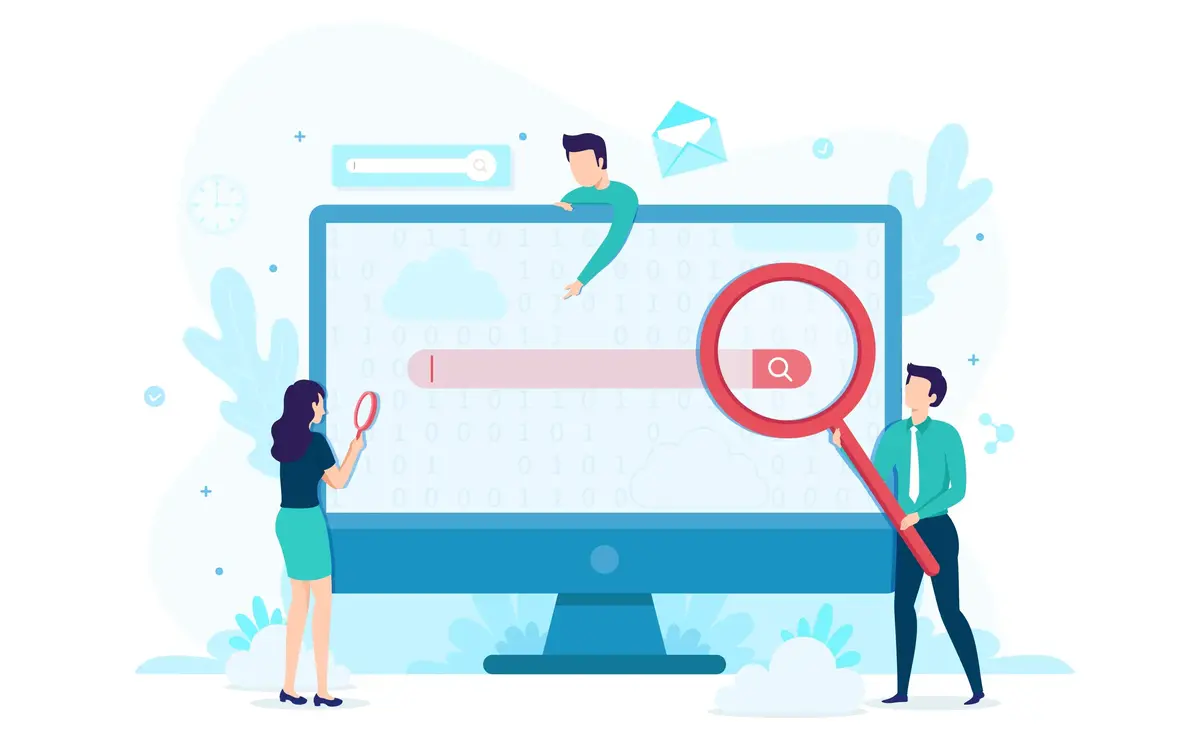
Building Brand Authority and Credibility through Influencer Partnerships
Influencers play a crucial role in enhancing brand authority and credibility. Their endorsements act as trust signals, reassuring their followers that your brand is reliable. When influencers link to your website or share your content, it signals to search engines that your brand is reputable. This increases the likelihood of other websites linking to your content organically, further boosting your off-page SEO.
Additionally, influencer-generated content often sparks user-generated content, such as reviews and social media posts, amplifying your brand’s reach and credibility. This word-of-mouth exposure strengthens your online presence, indirectly supporting SEO efforts. For detailed tips on building authority, check out our Topical Authority Building Guide.

Generating High-Quality Backlinks with Influencer Content
Backlinks from influencers are some of the most valuable for off-page SEO. Influencers often have established and reputable websites or social media profiles, making links from their platforms highly authoritative. Search engines prioritize backlinks from relevant, high-quality sources, which is why collaborating with influencers in your niche is particularly effective.
The content influencers create, such as blog posts, product reviews, or tutorials, often gains traction within their communities, leading to additional shares and backlinks. This ripple effect can significantly expand your backlink profile. For example, an influencer linking to your blog might inspire other bloggers to cite your content, multiplying your SEO gains. To enhance your backlink strategy, visit our Backlink Profile Optimization Guide.
Expanding Reach and Increasing Brand Visibility
Influencers bring unmatched reach to your marketing strategy, exposing your brand to diverse audiences. Whether through social media posts, stories, or videos, influencers introduce your brand to thousands or even millions of potential customers. This exposure boosts brand awareness, driving more organic searches and website visits.
The increased traffic from influencer partnerships also supports off-page SEO. Metrics like time on page, bounce rates, and overall engagement signal to search engines that your website provides value to visitors. For tips on keeping your audience engaged, read our High-Engagement Content Strategies.
Leveraging Influencers for Content Diversity and Fresh Perspectives
Influencers offer fresh perspectives and creativity in content creation, helping your brand remain relatable and authentic. By letting influencers tailor your message for their audiences, you ensure your content is both engaging and credible. The variety of content formats they produce—ranging from blog posts and videos to live streams—appeals to different audience segments and maximizes your brand’s visibility.
Diverse content also supports SEO by attracting varied audiences and increasing engagement across multiple platforms. To make the most of content diversity, explore our Comprehensive Content Strategy Guide.
Tracking the SEO Impact of Influencer Marketing
To understand the success of influencer marketing for SEO, it’s essential to track metrics like referral traffic, backlinks, and audience engagement. Tools like Google Analytics can help you monitor traffic from influencer-generated links and assess visitor behavior on your site, such as time on page and bounce rate.
Additionally, tracking new backlinks gained from influencer campaigns can help you measure their impact on your overall link profile. A well-executed influencer strategy often results in natural backlinks as more websites discover and reference your content. For detailed guidance on tracking SEO success, visit our SEO Metrics Tracking Guide.

Common Mistakes to Avoid in Influencer Marketing for SEO
While influencer marketing is effective, certain mistakes can undermine its success. Choosing influencers solely based on follower count rather than engagement rates or niche relevance is a common misstep. Collaborating with influencers whose values align with your brand ensures the content resonates with their audience.
Another frequent mistake is micromanaging the creative process. Allowing influencers creative freedom results in more authentic and relatable content. Additionally, focusing too much on sales-oriented messaging can alienate audiences. Informative and entertaining content generally performs better.
Influencer marketing is a powerful off-page SEO tool that helps brands build authority, earn high-quality backlinks, and expand their reach. By carefully selecting influencers, fostering authentic partnerships, and tracking results, you can maximize the SEO benefits of your campaigns. As SEO evolves, leveraging influencer marketing strategically will not only improve your rankings but also strengthen your brand’s connection with its target audience. For more actionable insights, explore our Backlink Building Best Practices Guide.
Contact Us
Drop Us a Line
Talk to Our SEO Experts – Start Your Success Journey!
Top Off-Page SEO Tools for Link Building and Analysis
Top Off-Page SEO Tools for Link Building and Analysis
Off-page SEO plays a crucial role in building authority, improving search rankings, and establishing trust for your website. The process relies heavily on link building and backlink analysis, and the right tools can make your efforts more efficient and impactful. By leveraging these tools, you can discover high-quality backlink opportunities, track your link profile, analyze competitors, and refine your overall strategy. Below, we delve into some of the top off-page SEO tools that are essential for link building and analysis.
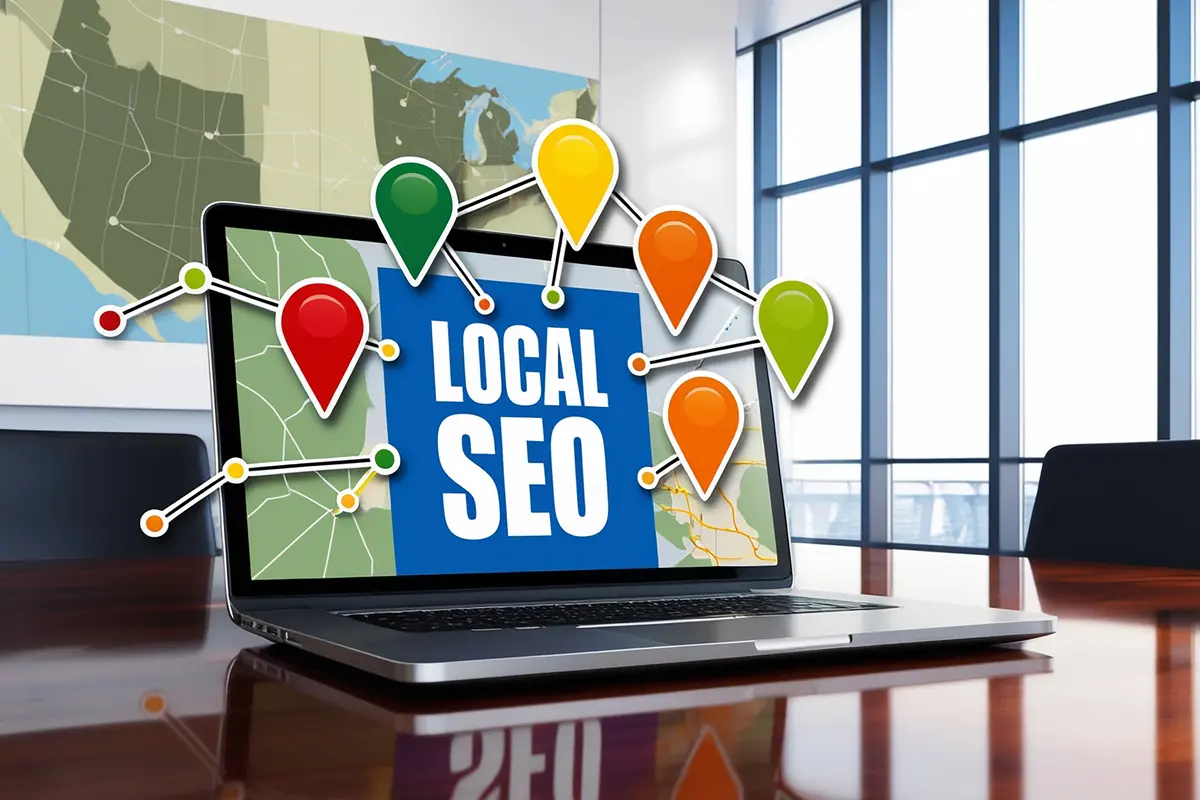
Ahrefs: Comprehensive Backlink Analysis
Ahrefs is a go-to tool for professionals seeking powerful backlink analysis and competitor insights. It offers extensive features such as Site Explorer, which enables you to analyze your backlink profile, track referring domains, and identify new link-building opportunities. The Content Explorer helps you discover popular content in your niche, making it easier to create assets that attract backlinks. Moreover, its competitor analysis feature reveals backlink strategies of your rivals, giving you a clear edge in your SEO efforts. To explore Ahrefs, visit Ahrefs.com, or for additional insights, check out our SEO Tools Guide.

SEMrush: All-in-One SEO and Link Building Tool
SEMrush is a versatile platform that simplifies link building and analysis while supporting your entire SEO strategy. Its Backlink Analytics provides detailed reports on referring domains, anchor texts, and domain authority. SEMrush also offers a Link Building Tool that helps you discover new link opportunities and manage outreach efforts. Additionally, the Toxic Link Analysis feature identifies harmful backlinks and assists in creating disavow files for Google. For further guidance on handling harmful backlinks, visit our Backlink Mistakes Guide, or explore the tool at SEMrush.com.
Moz Link Explorer: Domain Authority and Backlink Insights
Moz Link Explorer specializes in providing insights into your site’s Domain Authority (DA) and tracking your backlink profile. Its tools allow you to monitor new and lost backlinks, evaluate anchor texts for keyword relevance, and assess spam scores to identify potentially harmful links. By understanding these metrics, you can maintain a strong and clean link profile. Learn more about Moz at Moz Link Explorer or enhance your knowledge with our Domain Authority Guide.
Majestic: Focused on Link Metrics
Majestic is an excellent tool for evaluating backlink quality through its unique metrics, Trust Flow and Citation Flow. These metrics help you assess both the quality and quantity of backlinks pointing to your site. Additionally, the Link Context feature provides insights into where your backlinks are placed within the content, adding an extra layer of understanding to your link-building strategy. Discover more about Majestic at Majestic.com, or explore link quality in our Quality Backlinks Guide.
BuzzSumo: Identifying Link-Worthy Content
BuzzSumo excels in helping you find content ideas that attract backlinks naturally. The Content Discovery feature identifies trending topics within your niche, allowing you to create valuable assets that earn links. It also features Influencer Identification, enabling you to collaborate with thought leaders to amplify your reach and gain backlinks. For more details, visit BuzzSumo.com, or learn about effective content strategies in our Content Marketing Guide.
Linkody: Straightforward Backlink Monitoring
Linkody is a simple yet effective tool for tracking and managing your backlinks. It monitors your link profile and alerts you if any backlinks are removed. The Disavow Tool makes it easy to manage harmful links, while its competitor analysis features provide insights into your rivals’ link-building strategies. For more on handling bad backlinks, visit our Disavow Guide, or learn about Linkody at Linkody.com.
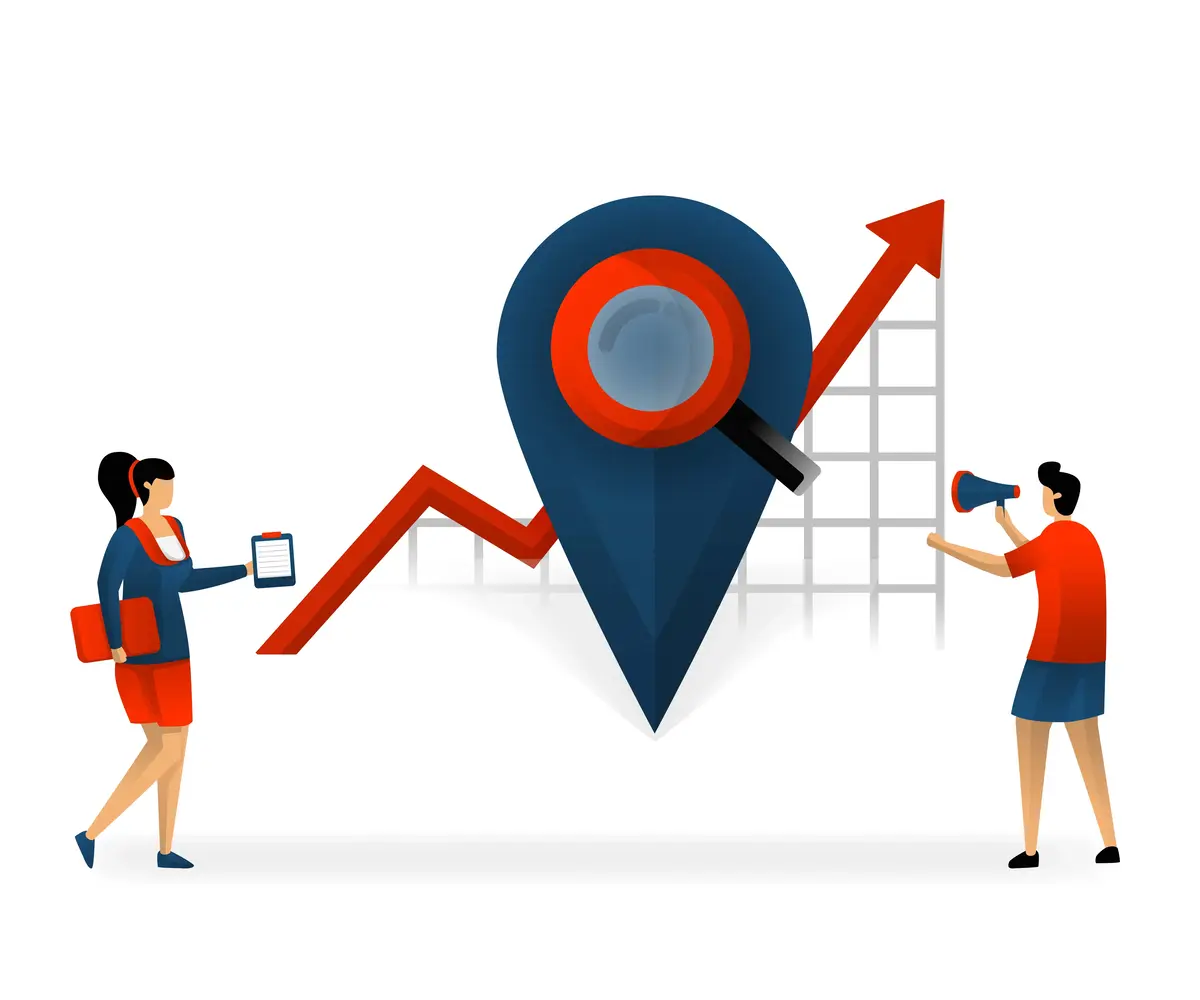
Hunter.io: Streamlining Outreach for Link Building
Outreach is a critical part of link building, and Hunter.io is an indispensable tool for finding verified email addresses. Its Email Finder and Bulk Email Search features simplify contact discovery, while the Email Verification tool ensures you’re reaching valid contacts. This tool is particularly useful for building connections for guest blogging and other link-building opportunities. To start using Hunter.io, visit Hunter.io, or explore outreach strategies in our Guest Blogging Guide.
Google Search Console: Essential for Backlink Monitoring
Google Search Console is a free yet powerful tool for tracking your backlink profile. It provides insights into which sites are linking to yours, allowing you to evaluate the quality of your link sources. Additionally, the Internal Linking feature helps optimize your site navigation and improve link equity flow. Access Google Search Console at Google Search Console or read our Search Console Guide for tips on leveraging this tool.

NinjaOutreach: Influencer Outreach for Link Building
NinjaOutreach is a specialized tool for building relationships with influencers and bloggers. Its extensive Influencer Database helps you connect with relevant individuals in your niche. With tools for managing outreach campaigns and tracking responses, it simplifies the process of acquiring high-quality backlinks. Learn more at NinjaOutreach.com or check out our Influencer Marketing Guide.
Screaming Frog: Technical SEO and Link Insights
Screaming Frog is a versatile SEO tool that excels in technical auditing and link analysis. It detects broken links, provides insights into internal linking structures, and tracks redirects to ensure link equity is preserved. This tool is invaluable for maintaining a clean and functional link profile. For more, visit Screaming Frog or consult our Technical SEO Guide.
Off-page SEO is an essential component of improving your site’s search engine rankings, and the right tools can make all the difference. From comprehensive platforms like Ahrefs and SEMrush to specialized solutions like Linkody and Hunter.io, each tool serves a unique purpose in enhancing your link-building efforts. Experiment with these tools to find the best fit for your strategy, and explore more resources in our Complete SEO Tools Guide or check out the latest SEO Trends for 2024.
Contact Us
Drop Us a Line
Talk to Our SEO Experts – Start Your Success Journey!
Mastering Off-Page SEO
Mastering Off-Page SEO: Strategies for 2024
Off-page SEO focuses on activities beyond your website that strengthen its authority, relevance, and trustworthiness. These efforts play a critical role in enhancing your site’s rankings and overall visibility. In 2024, off-page SEO emphasizes quality and strategic value, making it essential to adopt proven and innovative tactics. Below is a detailed breakdown of the key strategies for mastering off-page SEO this year.
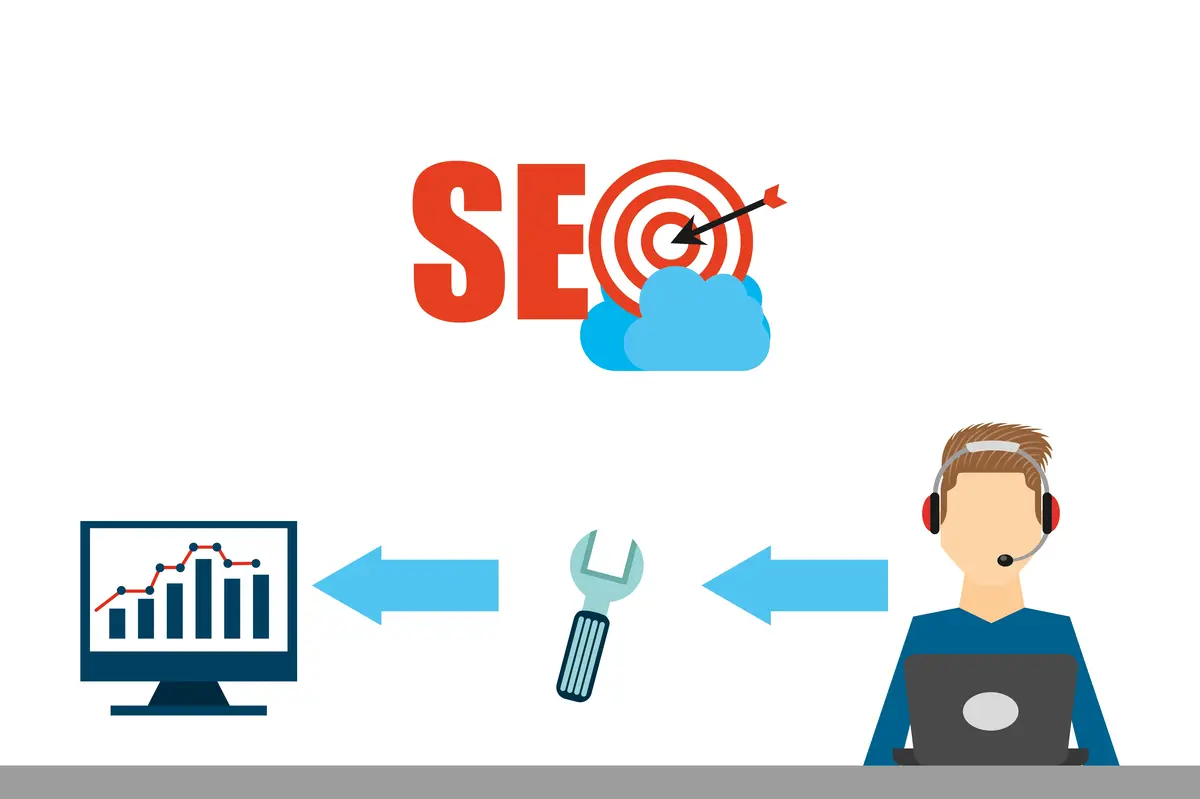
Building High-Quality Backlinks
Backlinks remain a cornerstone of off-page SEO. Search engines consider backlinks as endorsements of your content’s quality and authority. However, the focus has shifted from quantity to quality, emphasizing links from reputable and relevant sources.
In 2024, prioritize earning backlinks from authoritative websites within your niche. Guest blogging is a great approach—identify industry blogs or publications and pitch high-value content ideas. Platforms like HARO allow you to connect with journalists, earning mentions and backlinks from high-authority media outlets. Additionally, audit your backlink profile regularly using tools like Ahrefs to identify and disavow harmful or irrelevant links.
For a deeper dive into backlink strategies, check out our Guide to High-Quality Backlinks. By focusing on creating valuable and shareable content, you can attract natural backlinks while building authority in your domain.

Leveraging Social Media for SEO
Social media plays an indirect yet impactful role in off-page SEO. While social media links are no-follow and don’t directly boost rankings, platforms like LinkedIn, Instagram, and Twitter help amplify your content, drive traffic, and foster brand awareness.
Build a consistent social media presence by posting engaging and shareable content that aligns with your brand voice. Infographics, videos, and interactive posts often gain more traction and encourage sharing, signaling value to search engines. Social media platforms also help generate referral traffic, which can indirectly boost your SEO efforts.
Create campaigns that drive engagement and link back to key pages on your site. High engagement rates, including likes, shares, and comments, show search engines that your brand is relevant. For more insights, visit our Social Media SEO Strategies Guide.
Online Reputation Management
A strong online reputation is vital for both SEO and customer trust. Reviews, ratings, and feedback directly influence local SEO and brand credibility.
Encourage satisfied customers to leave positive reviews on platforms like Google My Business, Yelp, and niche-specific review sites. Responding to reviews—both positive and negative—demonstrates that you value feedback and are proactive in addressing concerns. Use tools like Google Alerts to monitor brand mentions and address issues promptly.
Managing your online reputation also involves creating content that positively highlights your brand, such as testimonials and case studies. Visit our Online Reputation Management Guide for more strategies.
Influencer Marketing for Backlinks and Awareness
Influencer marketing is a powerful off-page SEO strategy, helping you reach larger audiences while building authority. Influencers with engaged followings can introduce your brand to new users and provide valuable backlinks through collaborative content.
Use tools like BuzzSumo to identify influencers in your niche with strong engagement metrics. Partner with these influencers to create content that resonates with their audience while showcasing your expertise. Examples include product reviews, co-branded campaigns, and guest blogs.
Collaborating with influencers strategically enhances brand visibility, drives traffic, and improves your backlink profile. Learn more in our Influencer Marketing SEO Guide.
Brand Mentions and Unlinked Mentions
Brand mentions, even without links, contribute to your site’s authority. However, turning these unlinked mentions into backlinks amplifies their value for SEO.
Track unlinked mentions using tools like Ahrefs or Mention. When you identify a mention, politely reach out to the site owner or author and request a link back to your website. Providing a clear explanation of how linking enhances their content often increases your chances of success.
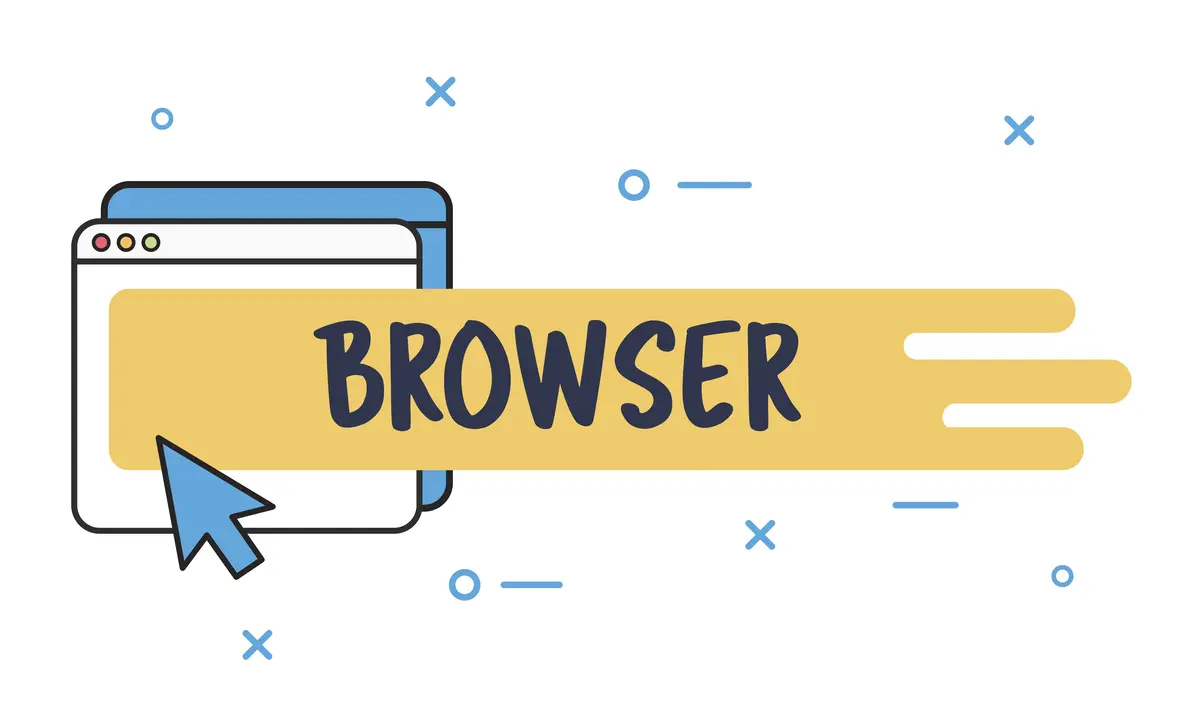
Leveraging Forums and Communities
Engaging in relevant forums and communities helps build authority, drive traffic, and foster trust within your industry. Platforms like Reddit and Quora allow you to answer questions and participate in discussions, subtly linking to your content when appropriate.
Avoid spammy tactics and focus on providing genuine value. Establishing yourself as a thought leader in these spaces not only builds trust but also drives organic traffic to your website. For targeted advice, visit our Forum Marketing Strategies Guide.
Broken Link Building
Broken link building involves finding non-functional links on other websites and suggesting your content as a replacement. This approach benefits both parties, as you help the site owner fix an issue while earning a backlink in return.
Use tools like Check My Links or Screaming Frog to identify broken links. Reach out to site owners with a polite email explaining the issue and offering your content as a solution.
For more details, read our Broken Link Building Guide.

Building Citations for Local SEO
Citations are mentions of your business name, address, and phone number (NAP) across the web. They are essential for local SEO and signal to search engines that your business is trustworthy and legitimate.
Claim and update listings on platforms like Yelp, Bing Places, and Yellow Pages. Ensure your NAP data is consistent across all platforms. Use citation management tools like BrightLocal to streamline the process. Learn more in our Local Citation Building Guide.
Press Releases and News Mentions
Press releases can generate media coverage, backlinks, and heightened brand visibility. Submit newsworthy updates—such as product launches or partnerships—to platforms like PR Newswire to gain exposure.
Craft your releases to provide value and capture media attention. Use a professional tone, and include a clear call-to-action directing readers to your website. For a detailed approach, visit our Press Releases SEO Guide.
Content Syndication
Content syndication involves publishing your content on third-party platforms like Medium or LinkedIn. Syndicating content increases visibility and drives referral traffic to your site.
When syndicating, include canonical tags to avoid duplicate content issues and ensure proper attribution to your original page. Learn more in our Content Syndication Guide.
Off-page SEO is critical for building your website’s authority and visibility in 2024. By focusing on high-quality backlinks, leveraging social media, managing your online reputation, and employing advanced strategies like broken link building and influencer collaborations, you can strengthen your SEO efforts. Implement these proven strategies to boost your rankings and establish your site as a trusted authority. For a complete overview, visit our Off-Page SEO Guide or explore external resources like SEO Trends for 2024.
Contact Us
Drop Us a Line
Talk to Our SEO Experts – Start Your Success Journey!
Understanding Meta Tags: Title, Description, and More
Understanding Meta Tags: Title, Description, and More
Meta tags are integral to On-Page SEO, enabling search engines to understand your page’s content and improving your visibility in search results. When used strategically, they enhance click-through rates (CTR) and contribute to better rankings. Each type of meta tag has specific guidelines and best practices that can significantly impact your SEO performance. Below is a comprehensive overview of the most important meta tags and how to use them effectively.
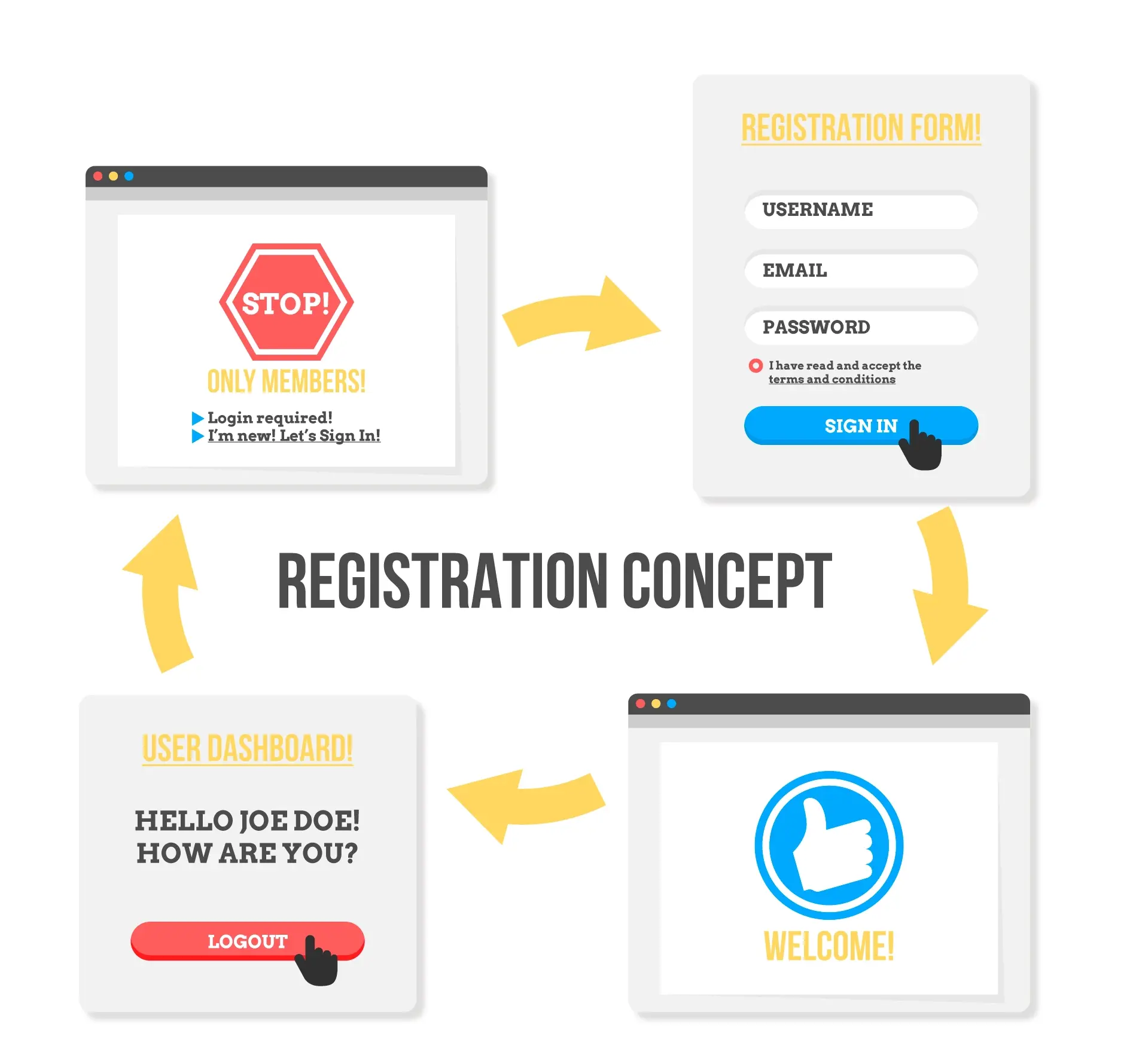
Title Tags: The Cornerstone of SEO
Title tags are the most influential meta tags in On-Page SEO. They not only impact search engine rankings but also determine whether users click on your content from search results. The title tag is prominently displayed as the clickable headline in search engine result pages (SERPs), making it vital for capturing attention.
A title tag is a succinct description of a page’s content that appears in SERPs and browser tabs. Search engines use it as a primary signal to understand what the page is about.
Title Tags are one of the most crucial meta elements for SEO, as they directly influence search engine rankings and CTR. These tags should be concise, ideally within 50–60 characters, and include primary keywords near the beginning to improve relevance. Avoid keyword stuffing and use compelling language to engage users. For a comprehensive guide, check out how to optimize title tags for SEO. For internal tips, refer to our On-Page SEO basics.
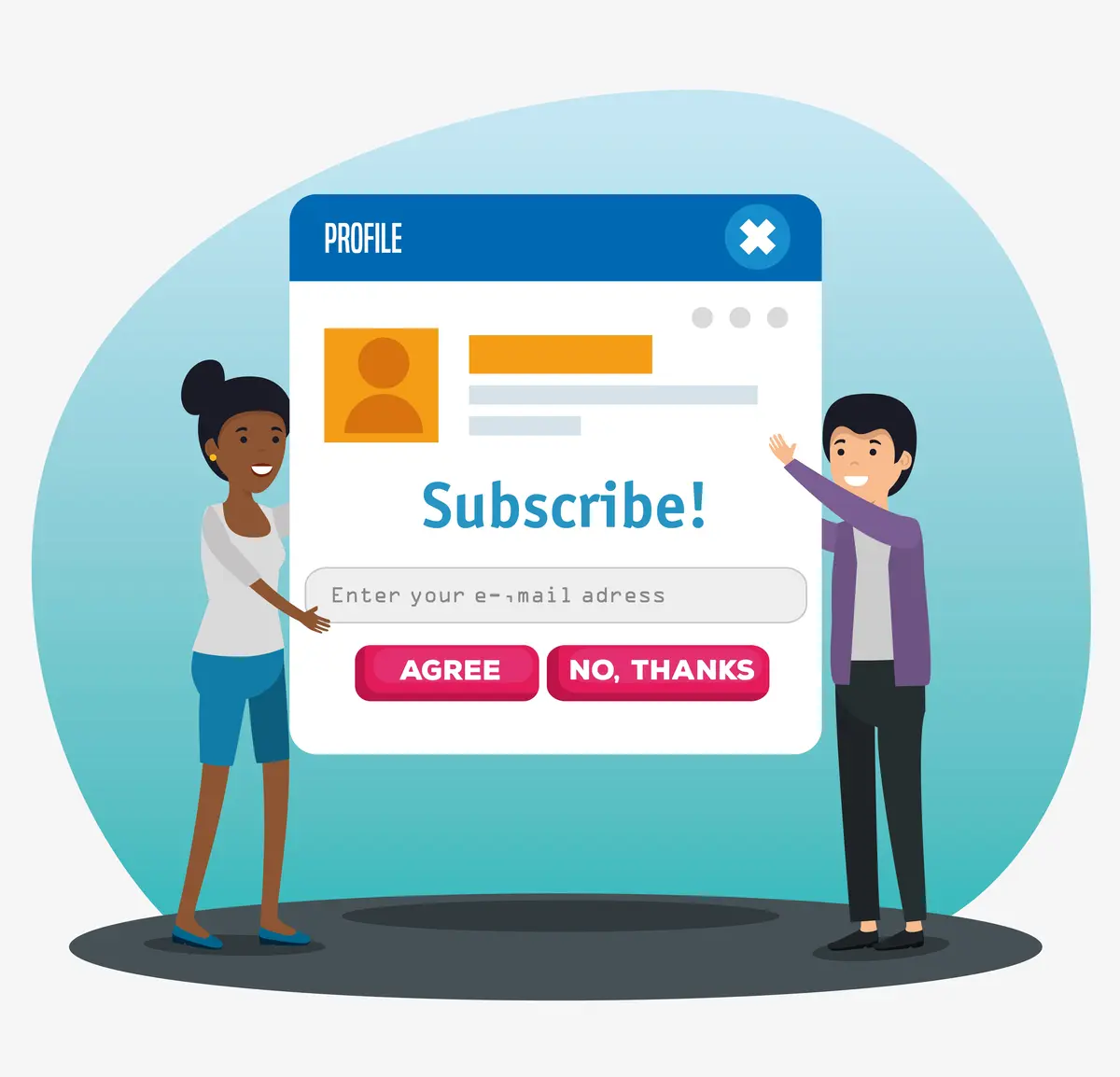
Meta Descriptions: Driving User Engagement
While meta descriptions may not directly affect search rankings, they significantly influence click-through rates (CTR). These brief snippets give users an idea of what the page contains, helping them decide if your content matches their intent. A meta description is a short summary of the page content displayed under the title tag in SERPs. It acts as a mini advertisement for your page.
Meta Descriptions provide a summary of a page’s content beneath the title tag in search results. While they don’t directly impact rankings, well-crafted descriptions can drive higher CTR. Keep them between 150–160 characters, include relevant keywords, and add a call-to-action (CTA) like “Learn more” or “Discover how.” Learn more about writing effective meta descriptions, or explore our SEO strategy checklist.
Meta descriptions act as the doorway to your content, helping attract users and enhancing engagement, even if they don’t directly influence rankings.
Header Tags: Structuring Your Content
Header tags are crucial for organizing content on a webpage. They improve readability and provide search engines with a clear structure of your content, enhancing SEO and user experience. Header tags range from H1 to H6, representing different levels of importance. H1 is the primary heading, while H2 to H6 help create subsections.
Header Tags (H1, H2, H3, etc.) help organize your content hierarchically, making it easier for both users and search engines to navigate. Use a single H1 tag with the primary keyword as the page’s main title. Break down content using H2 and H3 tags for main sections and subsections, respectively. Avoid using header tags solely for styling purposes. For a detailed guide, visit Header Tag Best Practices, or explore our article on improving content structure.
Properly structured header tags not only make your content more accessible to users but also help search engines crawl and index your page effectively.
Alt Text: Enhancing Accessibility and SEO
Alt text is a descriptive attribute assigned to images to make them accessible to visually impaired users and understandable to search engines. Alt text serves as an alternative text for images, providing a description when the image cannot be displayed. It also helps search engines understand the image context.
Alt Text is a description for images that improves accessibility for visually impaired users and provides search engines with context about the image content. Alt text should be clear, concise, and, where relevant, include keywords naturally. Avoid overloading it with keywords, as clarity and user experience are more important. For more tips, explore image optimization strategies, or read our internal guide on enhancing website accessibility.
Alt text not only boosts accessibility for visually impaired users but also improves SEO by helping search engines index your images effectively.
Robots Meta Tag: Managing Crawlability
The robots meta tag gives instructions to search engine crawlers about how to handle a page, making it crucial for controlling indexing and link crawling. It allows website owners to dictate whether a page should be indexed by search engines or if links on the page should be followed.
Robots Meta Tags instruct search engines on how to handle specific pages. The “noindex” directive prevents indexing of certain pages, while “nofollow” prevents search engines from following links on a page. Use these tags sparingly and strategically, such as for admin pages or duplicate content. Learn more about robots meta tags or check our resource on technical SEO essentials.
This tag is invaluable for refining how search engines interact with your site, helping you manage visibility and crawl budgets effectively.

Canonical Tags: Resolving Duplicate Content
Canonical tags address duplicate content issues by consolidating multiple URLs into a single authoritative version. The canonical tag, marked as rel=”canonical,” informs search engines about the preferred URL for a page with duplicate or similar content.
Canonical Tags (rel=“canonical”) address duplicate content issues by specifying the preferred version of a page. Place canonical tags in the HTML head section and ensure they point to closely related content. This prevents confusion and consolidates link equity to the correct page. For external guidance, read Canonical Tag Best Practices. You can also explore our guide to managing duplicate content.
Canonical tags protect your site from duplicate content penalties and ensure link equity flows to the right pages.
Open Graph Tags: Enhancing Social Sharing
Open Graph (OG) tags control how your pages appear when shared on social media, influencing click-through rates and brand visibility. OG tags define a page’s title, description, and image displayed in social media previews.
Open Graph Tags control how content appears when shared on social media platforms. Customize these tags for each page by specifying the title, description, and an engaging image to ensure your content is attractive and compelling in social previews. Learn more about Open Graph optimization, or explore our social sharing tips.
Open Graph tags make your content more appealing when shared, increasing traffic and engagement.

Meta Charset Tag: Ensuring Proper Display
The charset meta tag specifies character encoding, ensuring text displays correctly across all browsers and devices. This tag defines the character set used by the page, with UTF-8 being the standard for most modern websites.
Meta Charset Tags ensure proper character encoding, preventing display issues across different browsers and devices. Set your charset to UTF-8, as it supports the majority of characters and languages. Place this tag in the head section of your HTML for optimal performance. For detailed technical insights, check Technical SEO Guide, or read our HTML optimization tips.
Charset meta tags ensure a smooth user experience by eliminating encoding issues.
Meta Refresh Tag: Use with Caution
Meta refresh tags redirect users after a set delay but may harm user experience and SEO. This tag reloads or redirects a page after a defined time interval.
Meta Refresh Tags, which redirect users to another page after a set time, can harm user experience and SEO if not used carefully. Instead, use server-side 301 redirects for better results. If you must use a meta refresh tag, keep delays minimal to avoid frustrating users. Explore redirection best practices, or learn more about user experience optimization.
Meta refresh tags are best avoided unless absolutely necessary, as they may confuse users and harm SEO.
Understanding and implementing meta tags is a vital component of On-Page SEO. Each tag—from title tags to canonical tags—serves a unique purpose, whether it’s enhancing visibility, improving click-through rates, or resolving technical SEO challenges. By following these best practices, you can ensure your website is optimized for both search engines and user satisfaction.
Contact Us
Drop Us a Line
Talk to Our SEO Experts – Start Your Success Journey!

